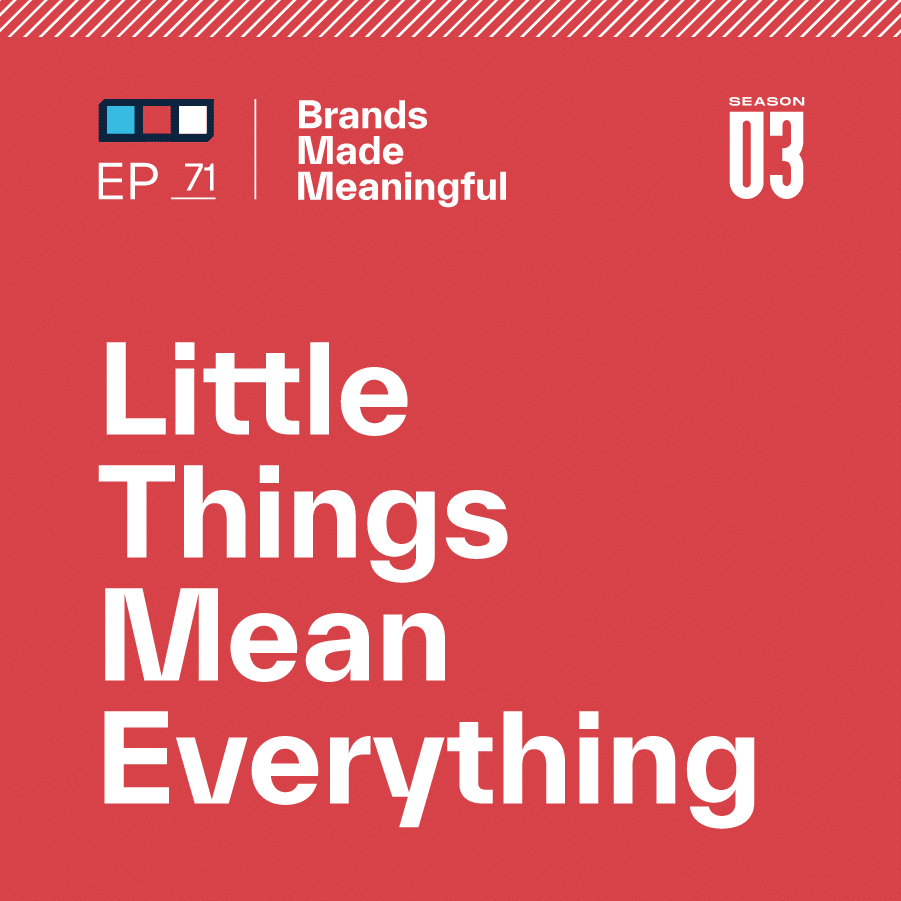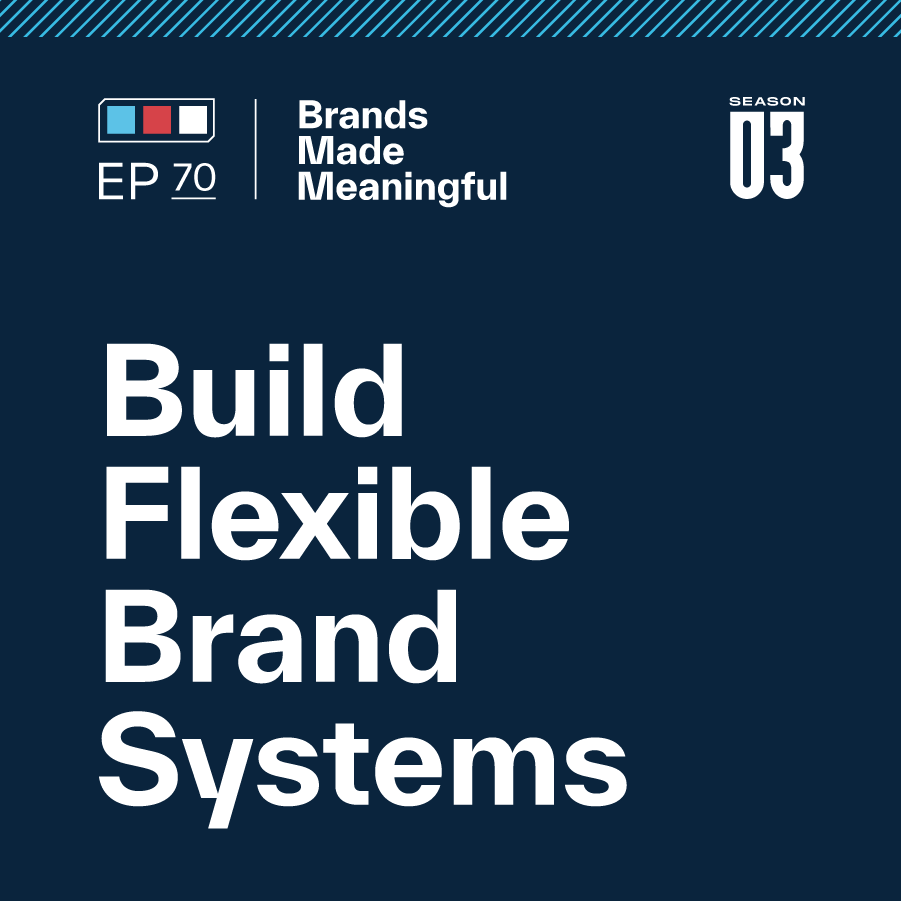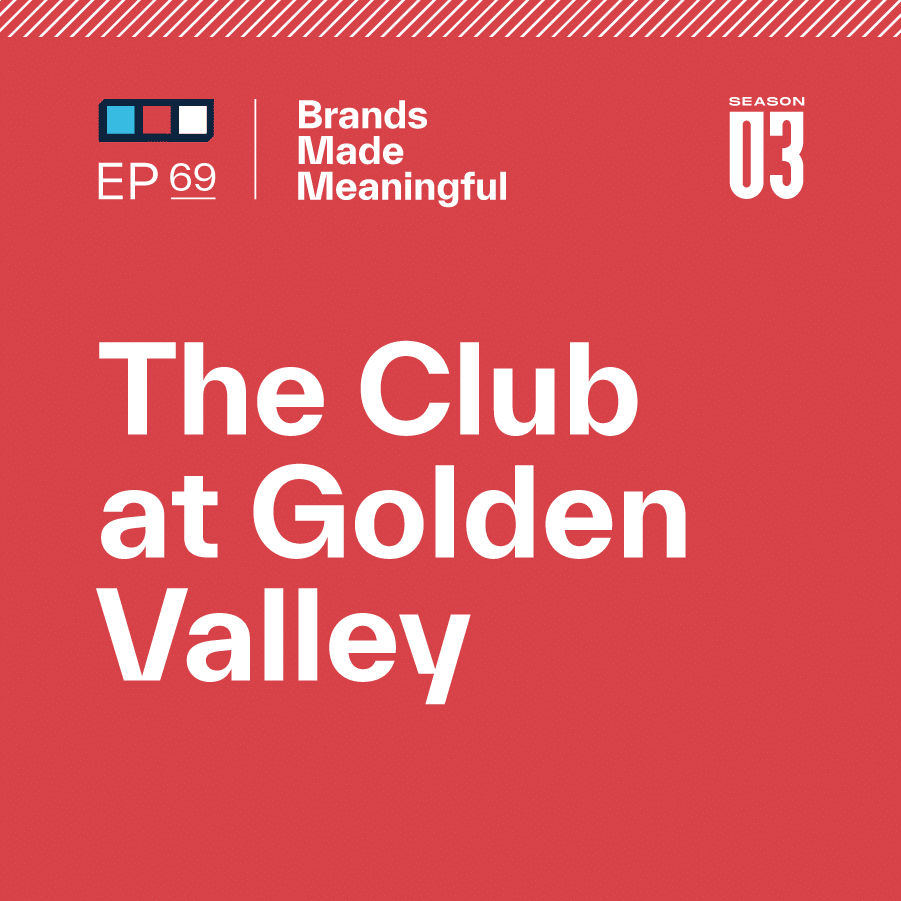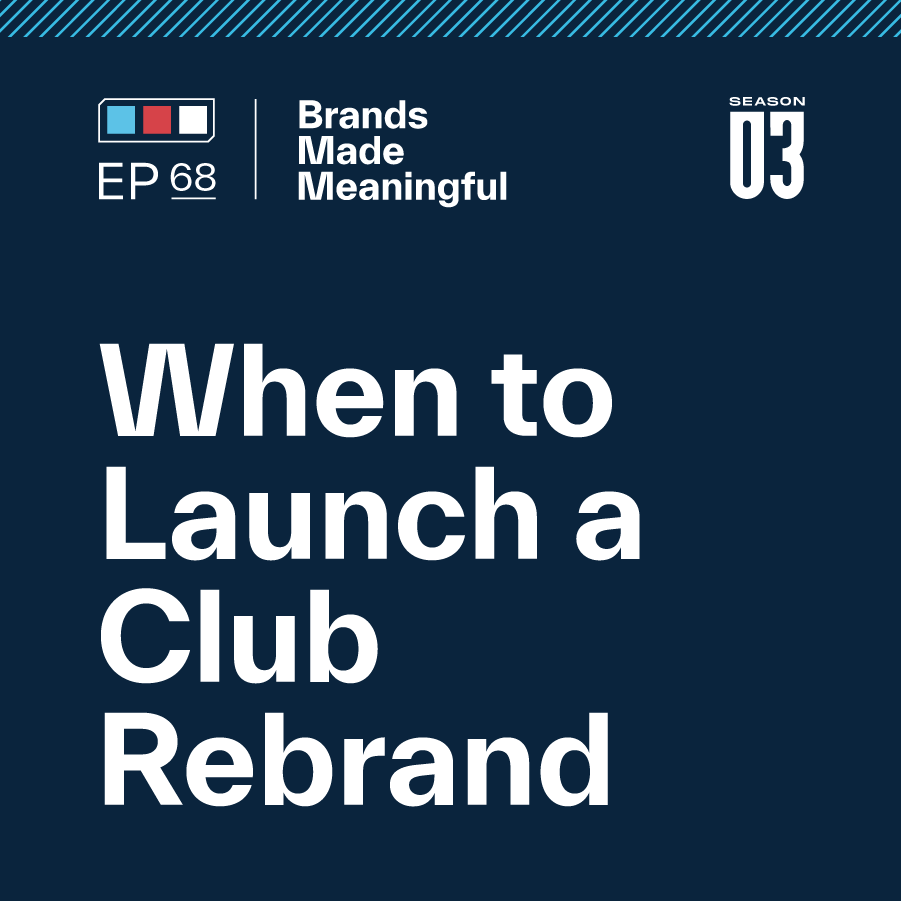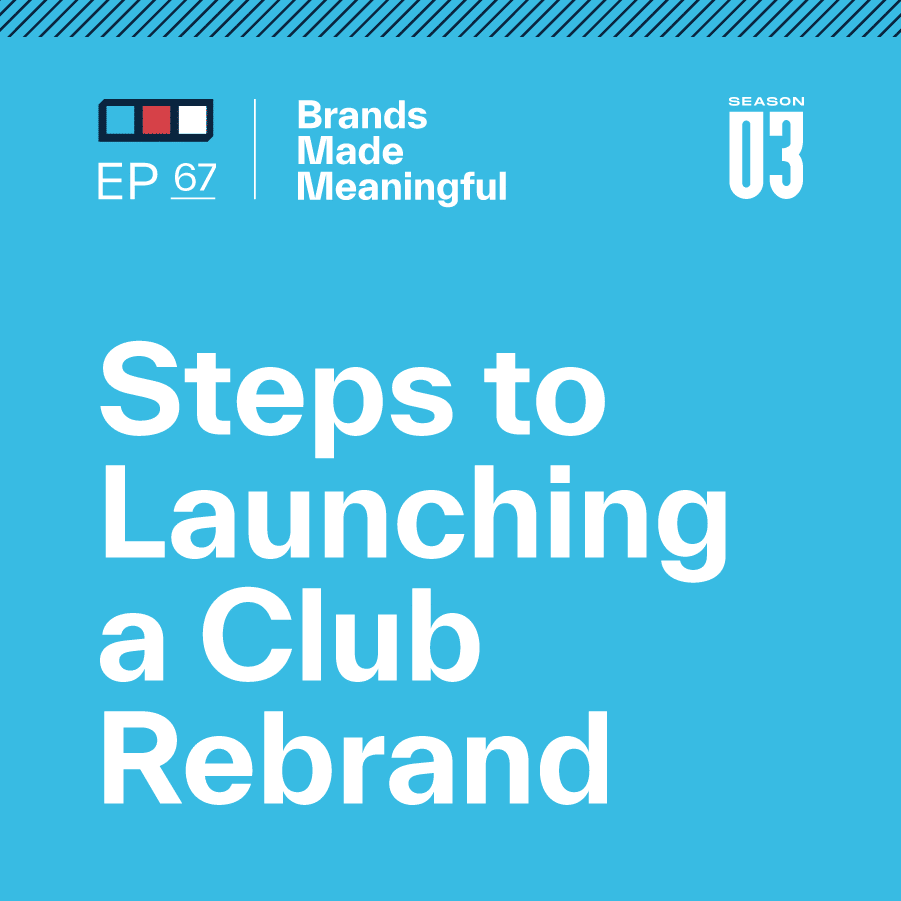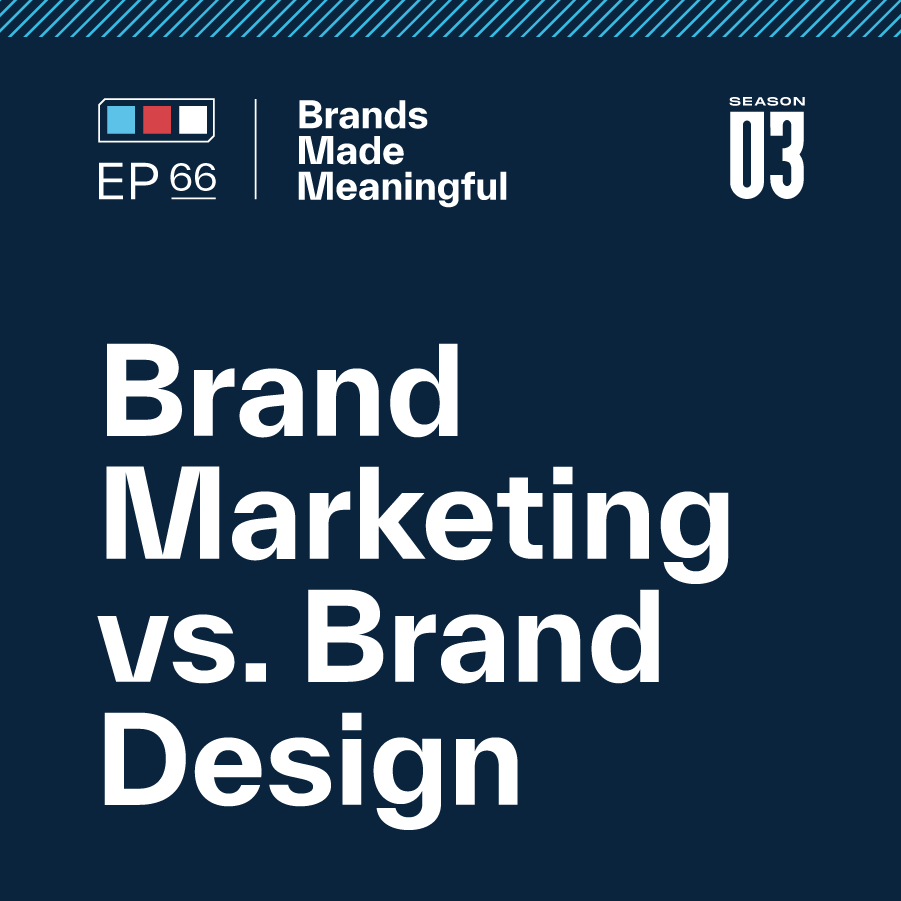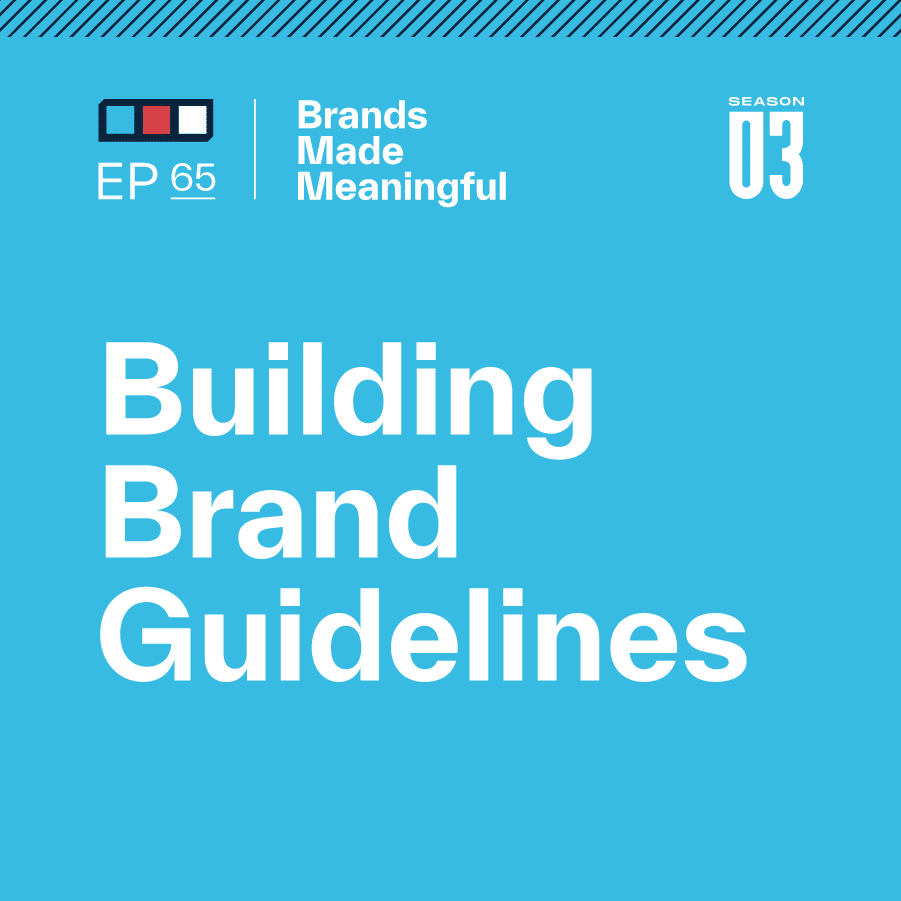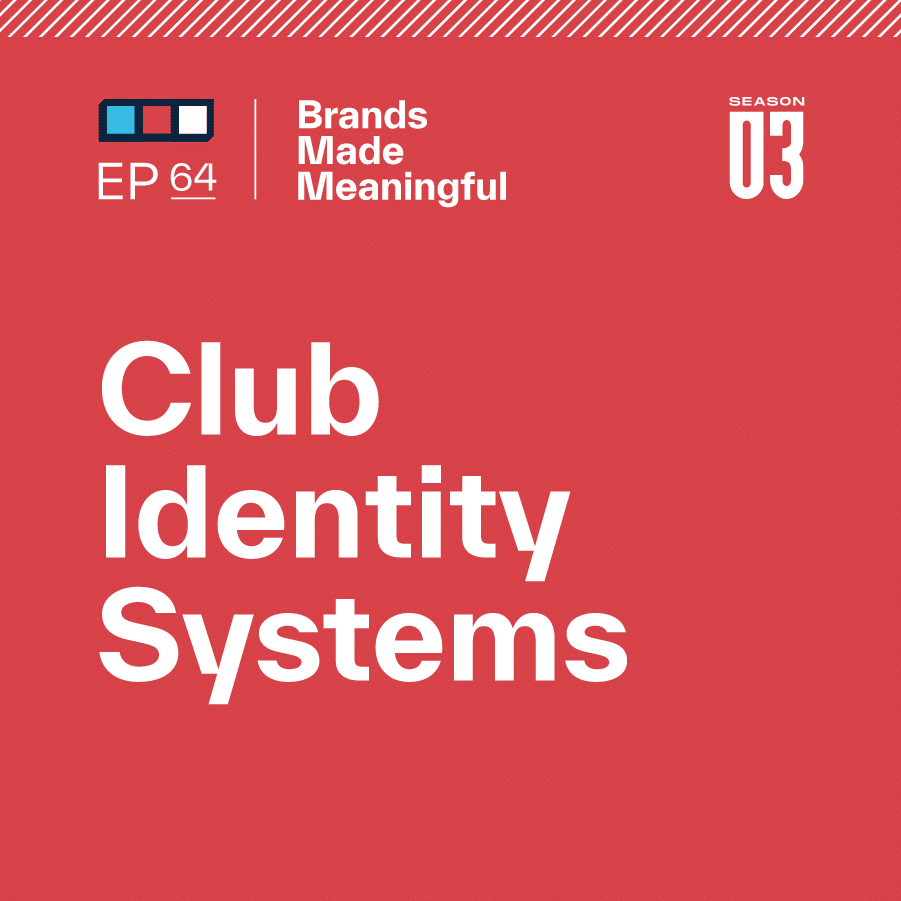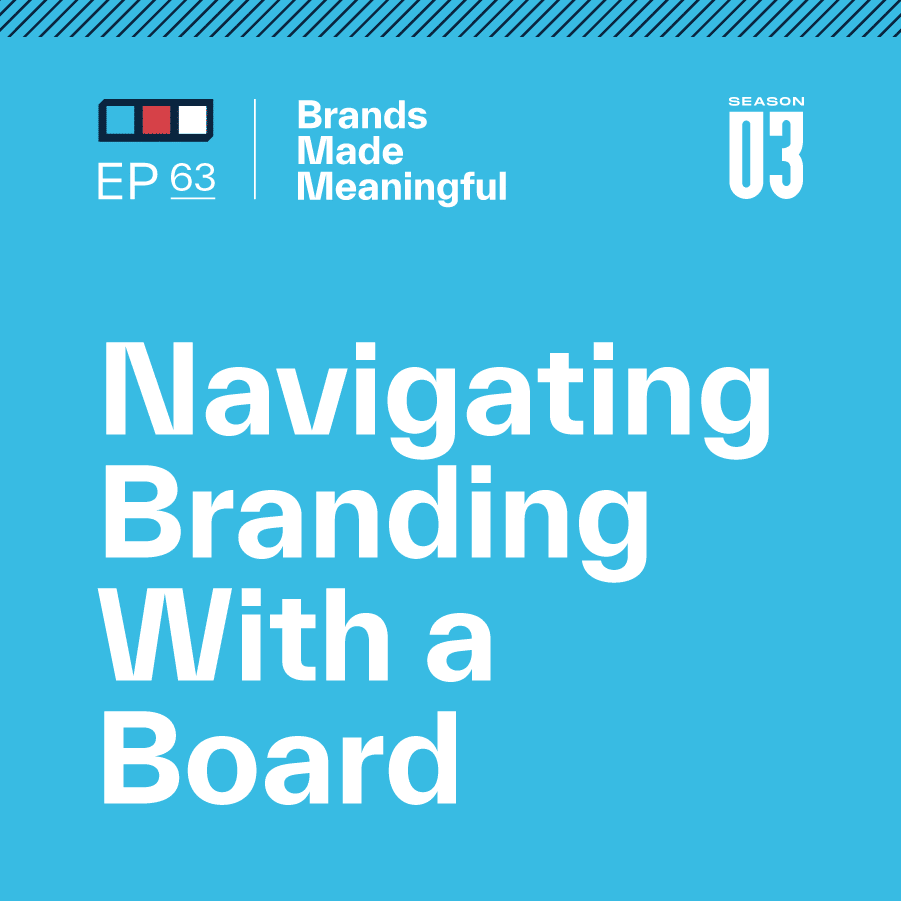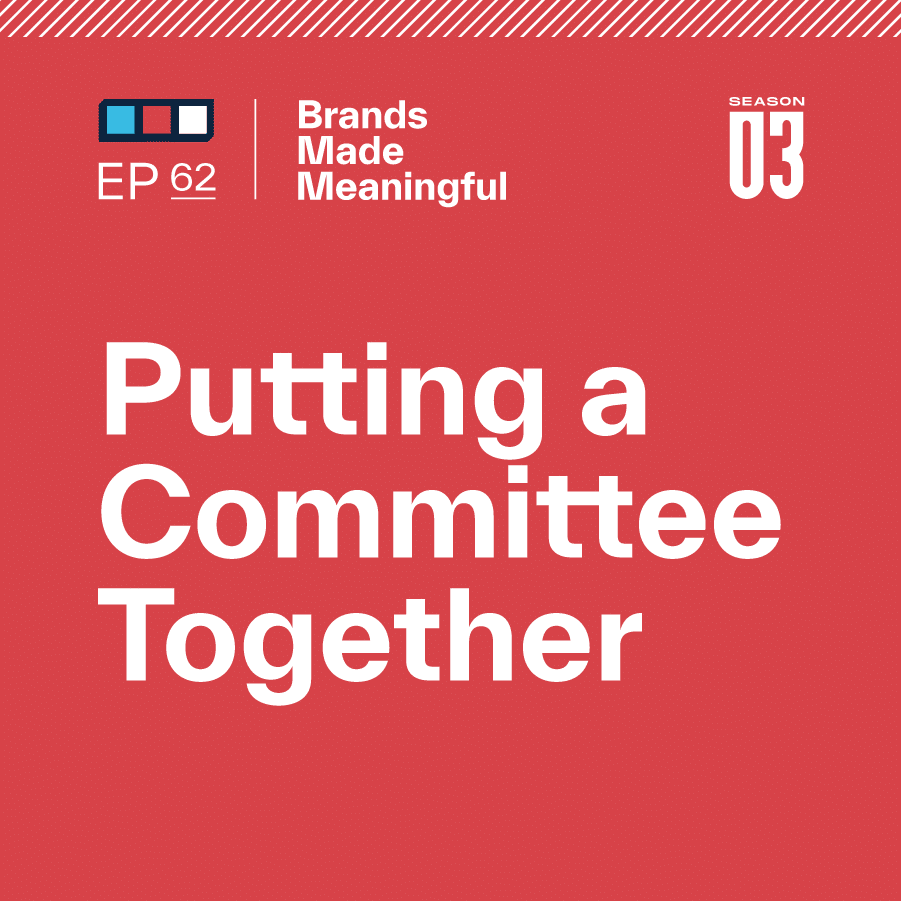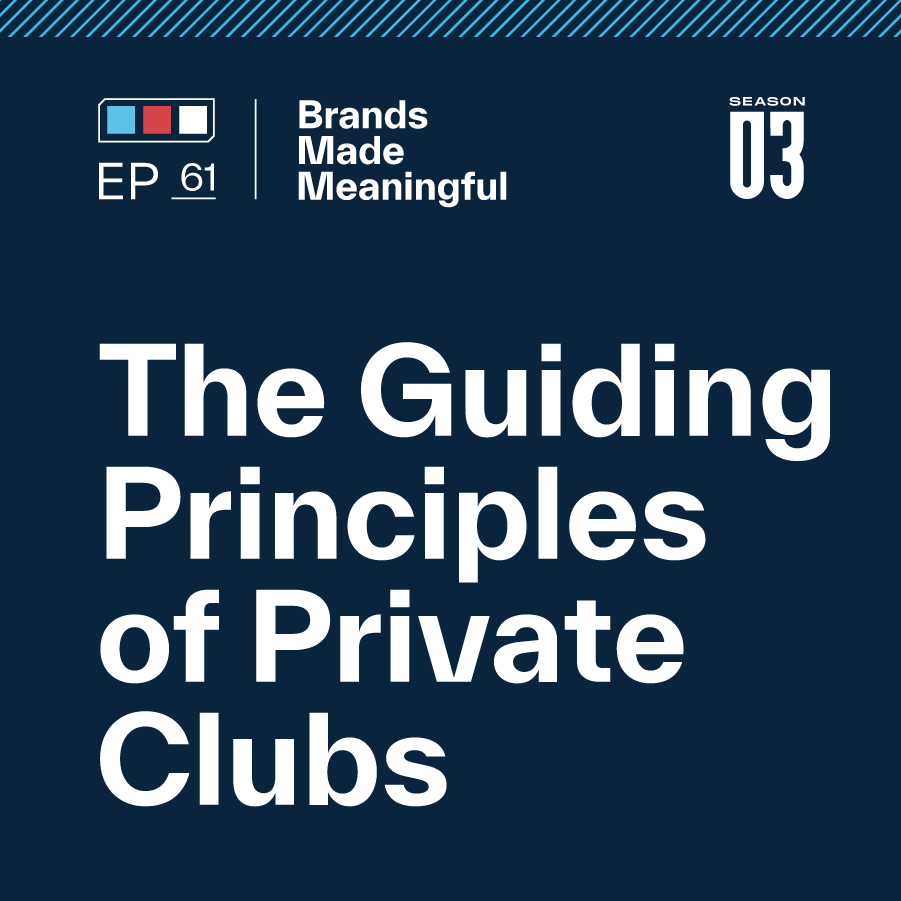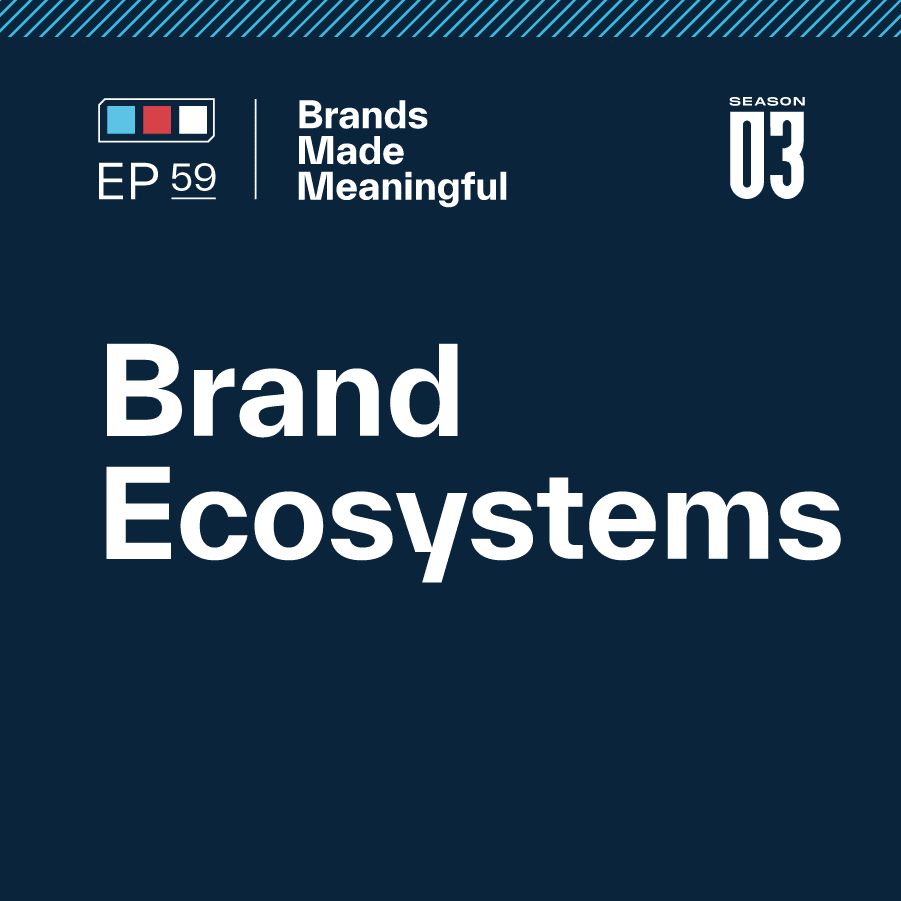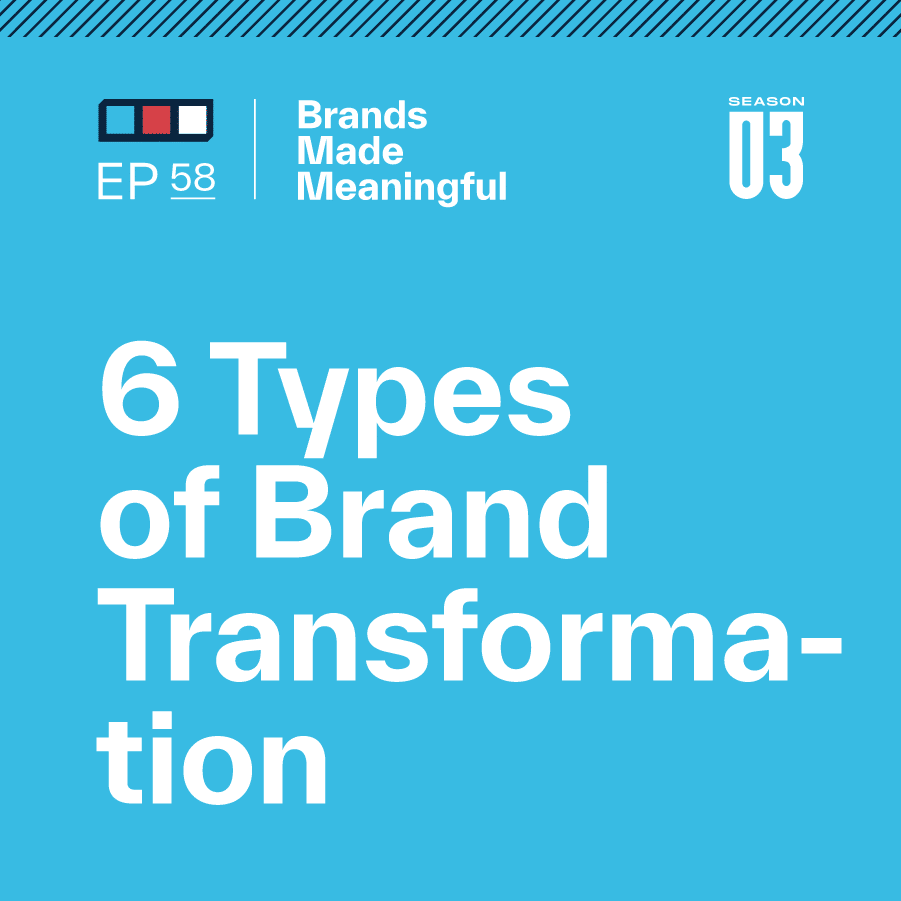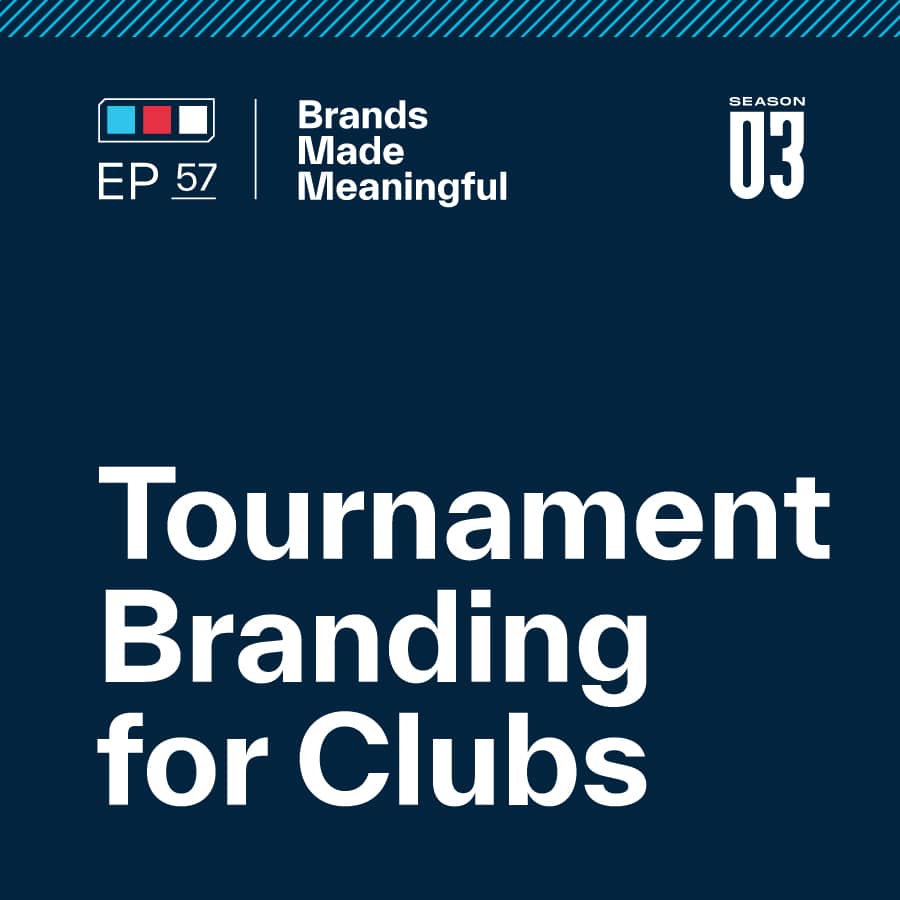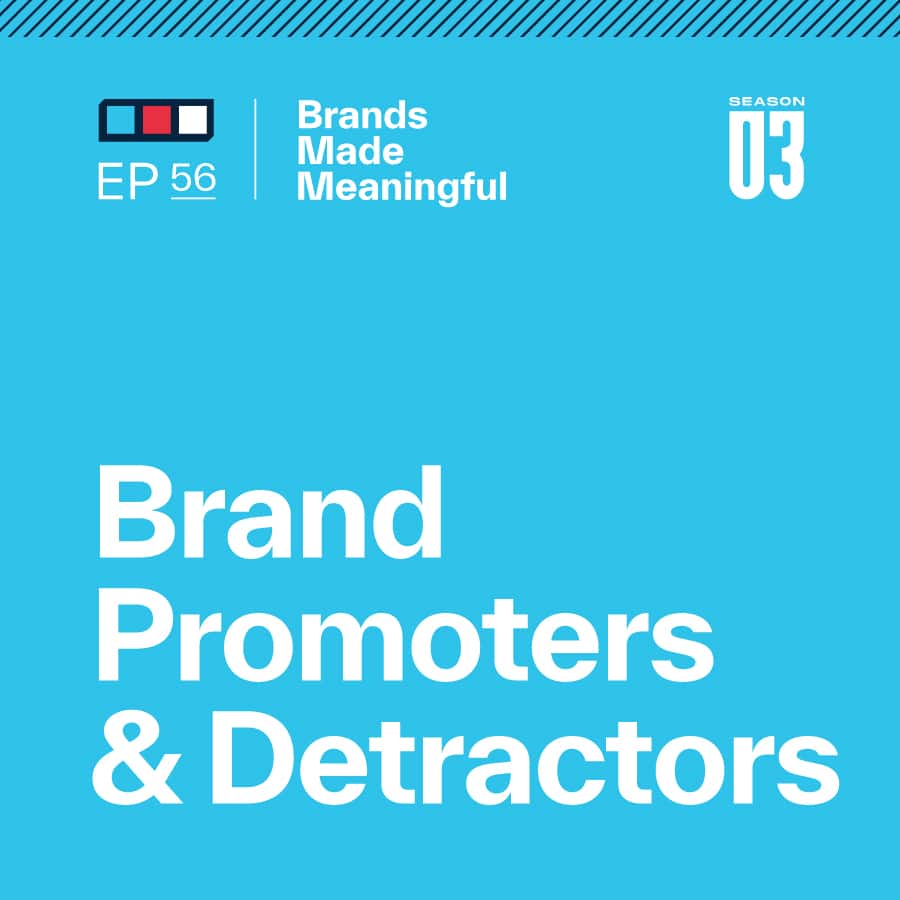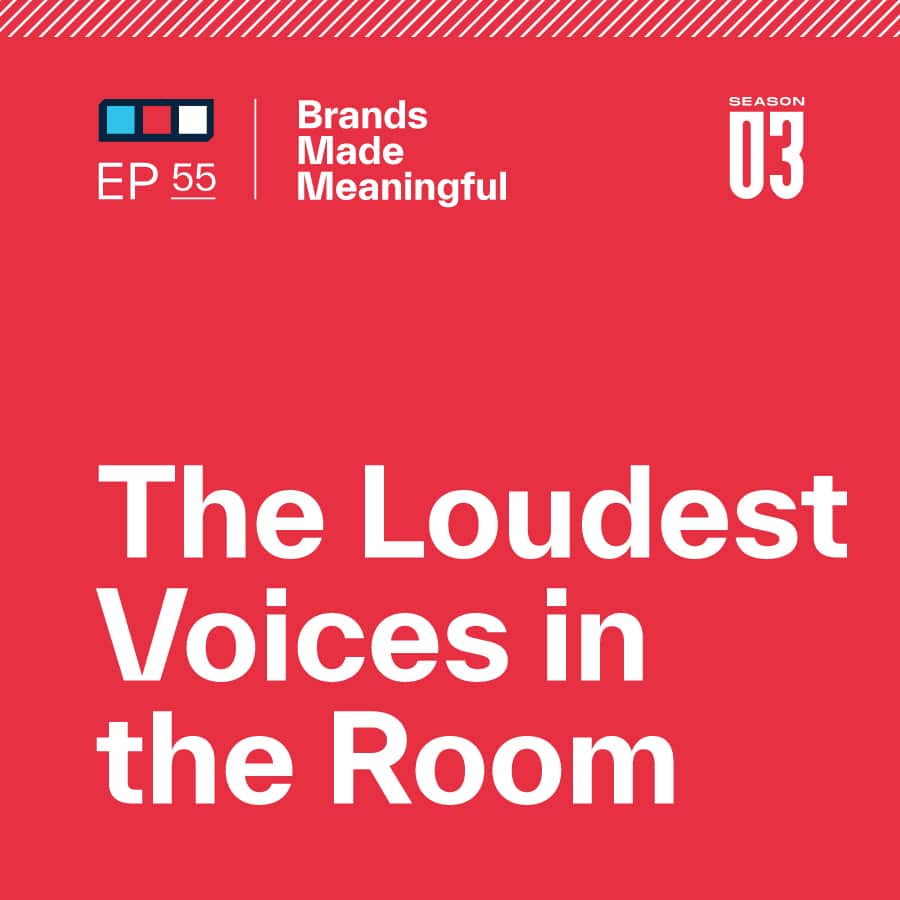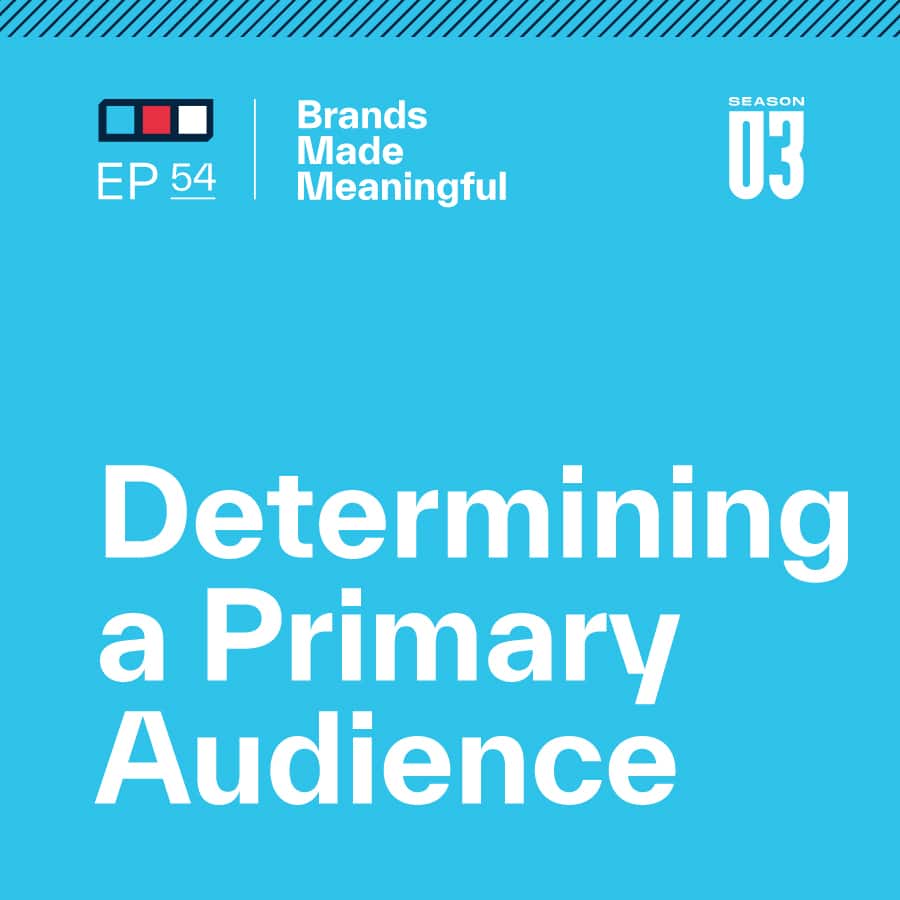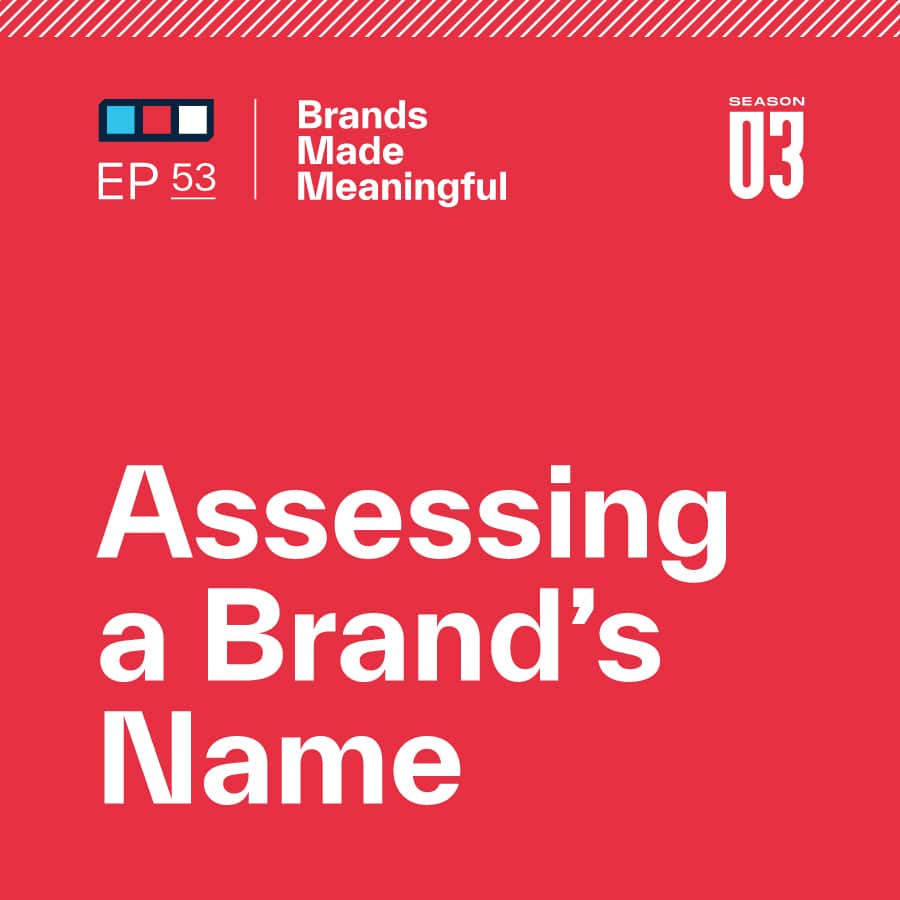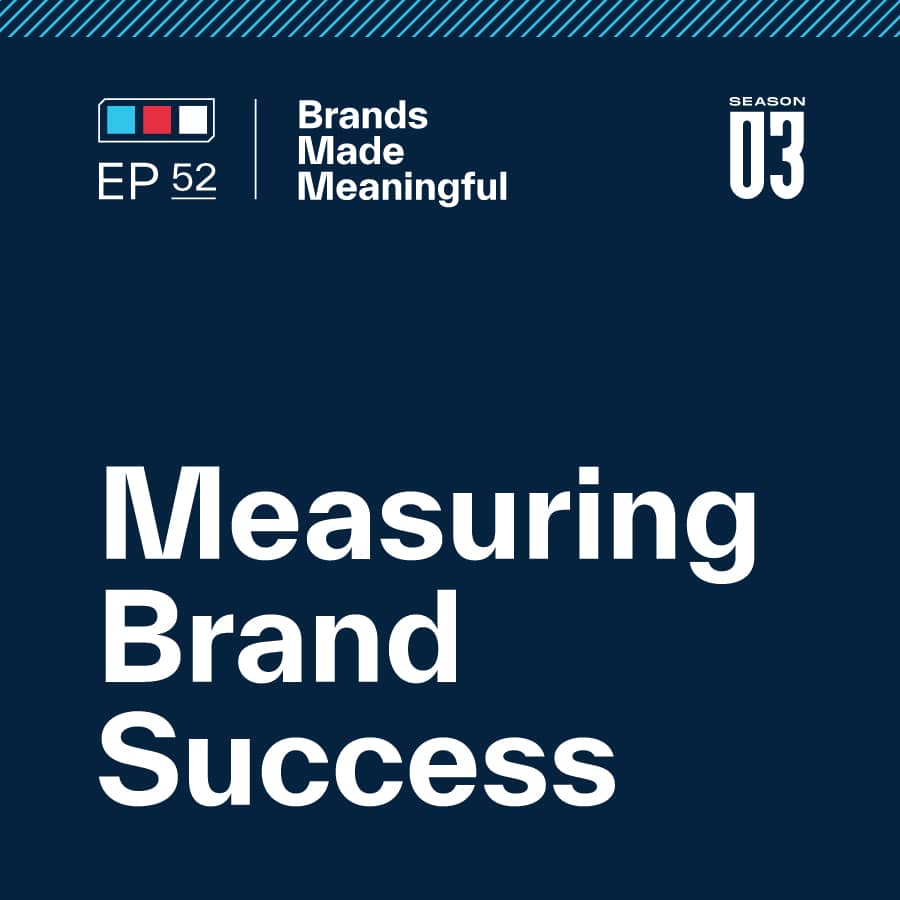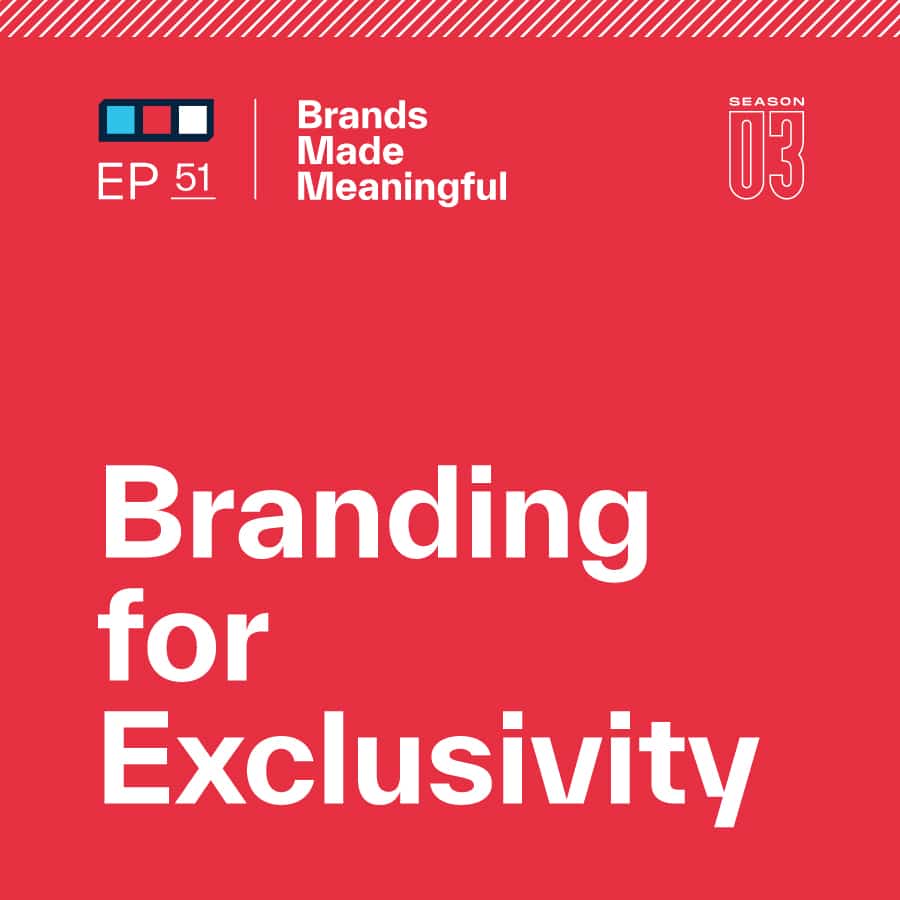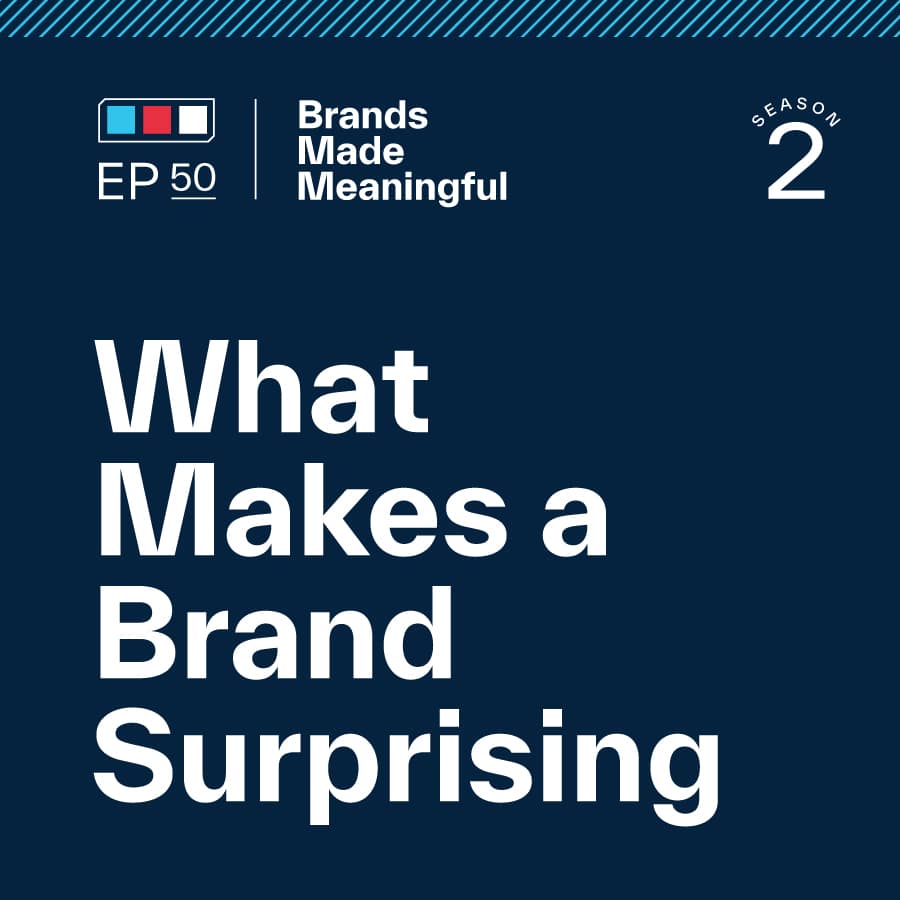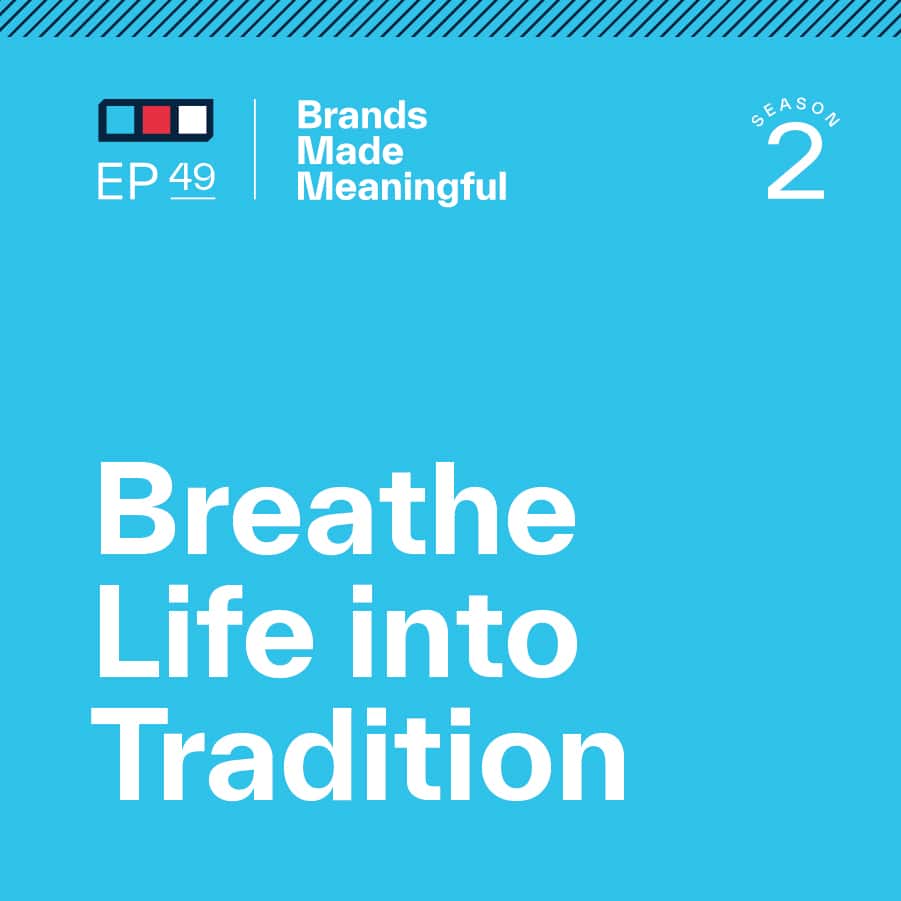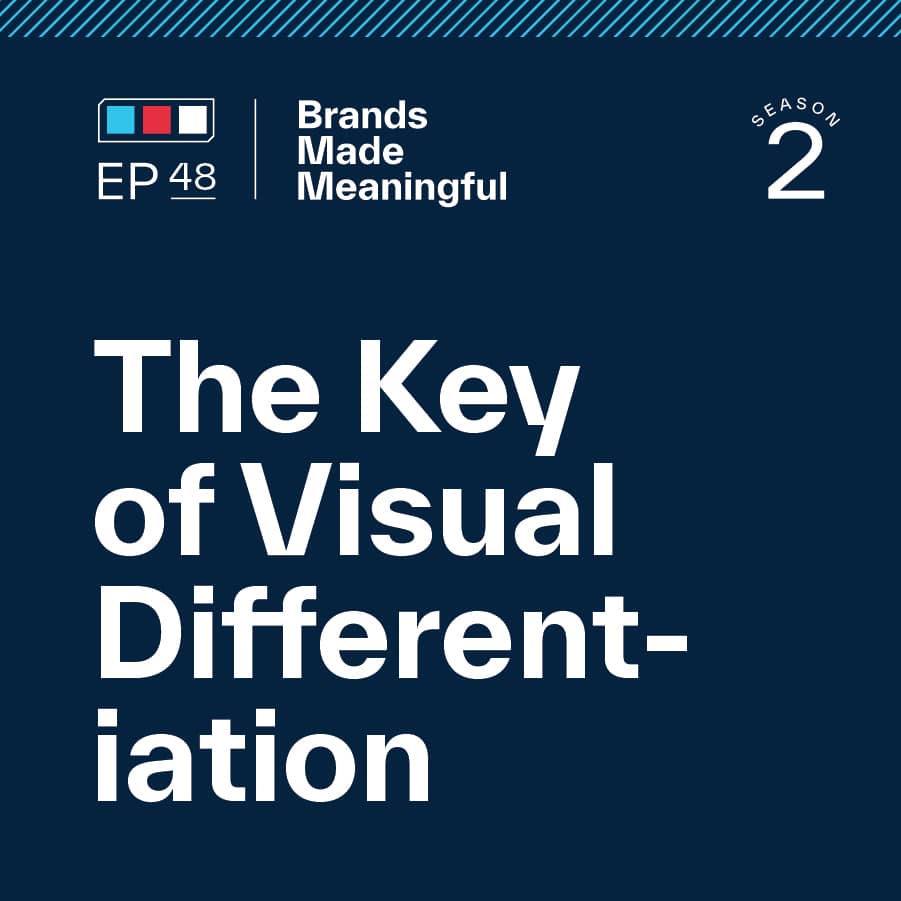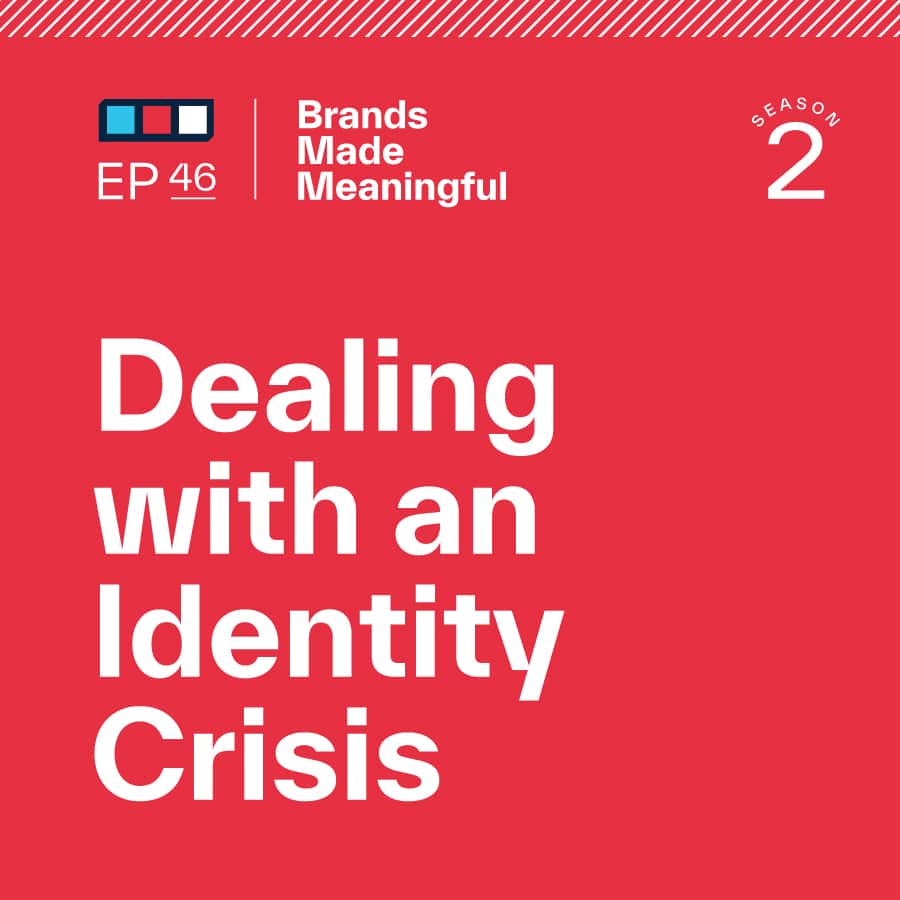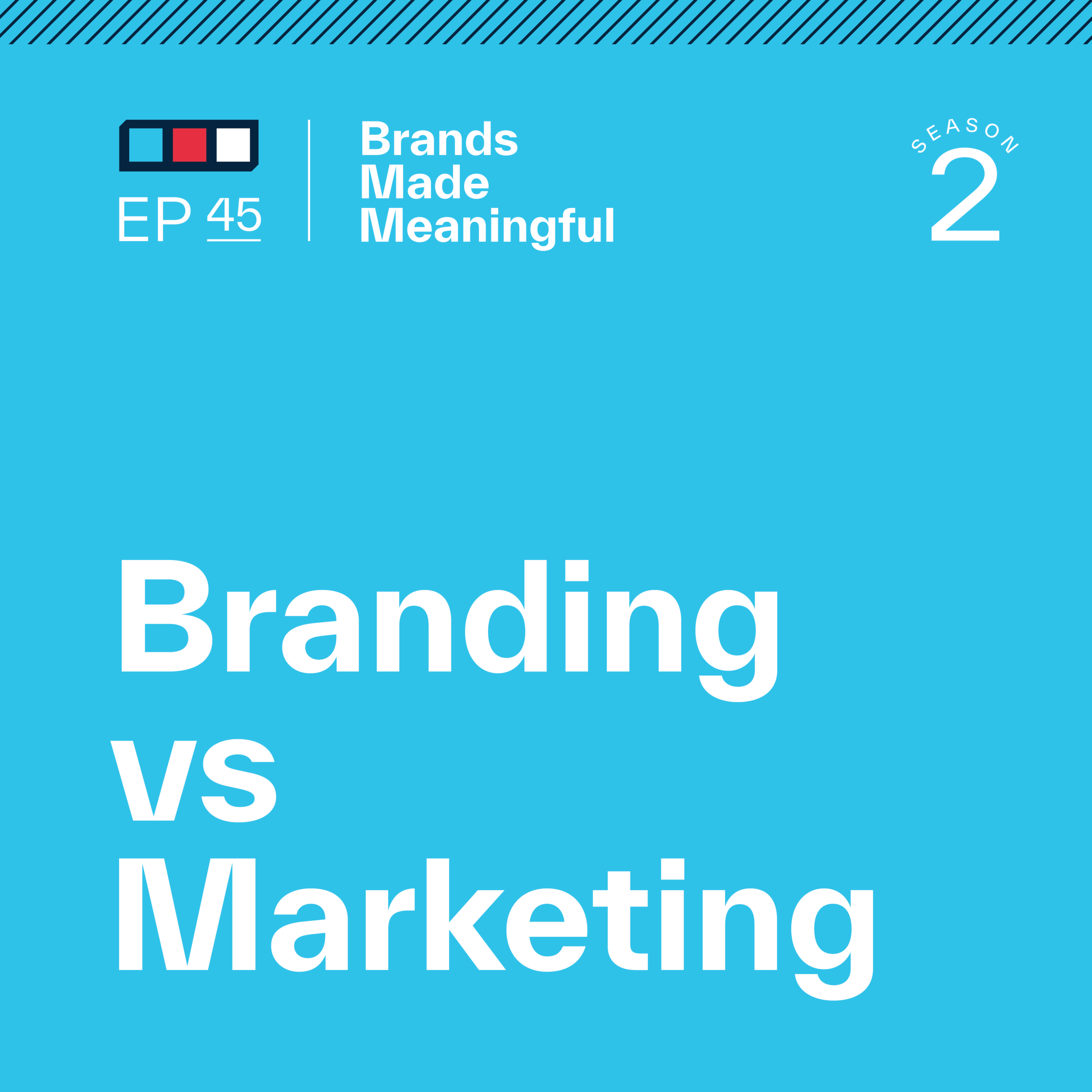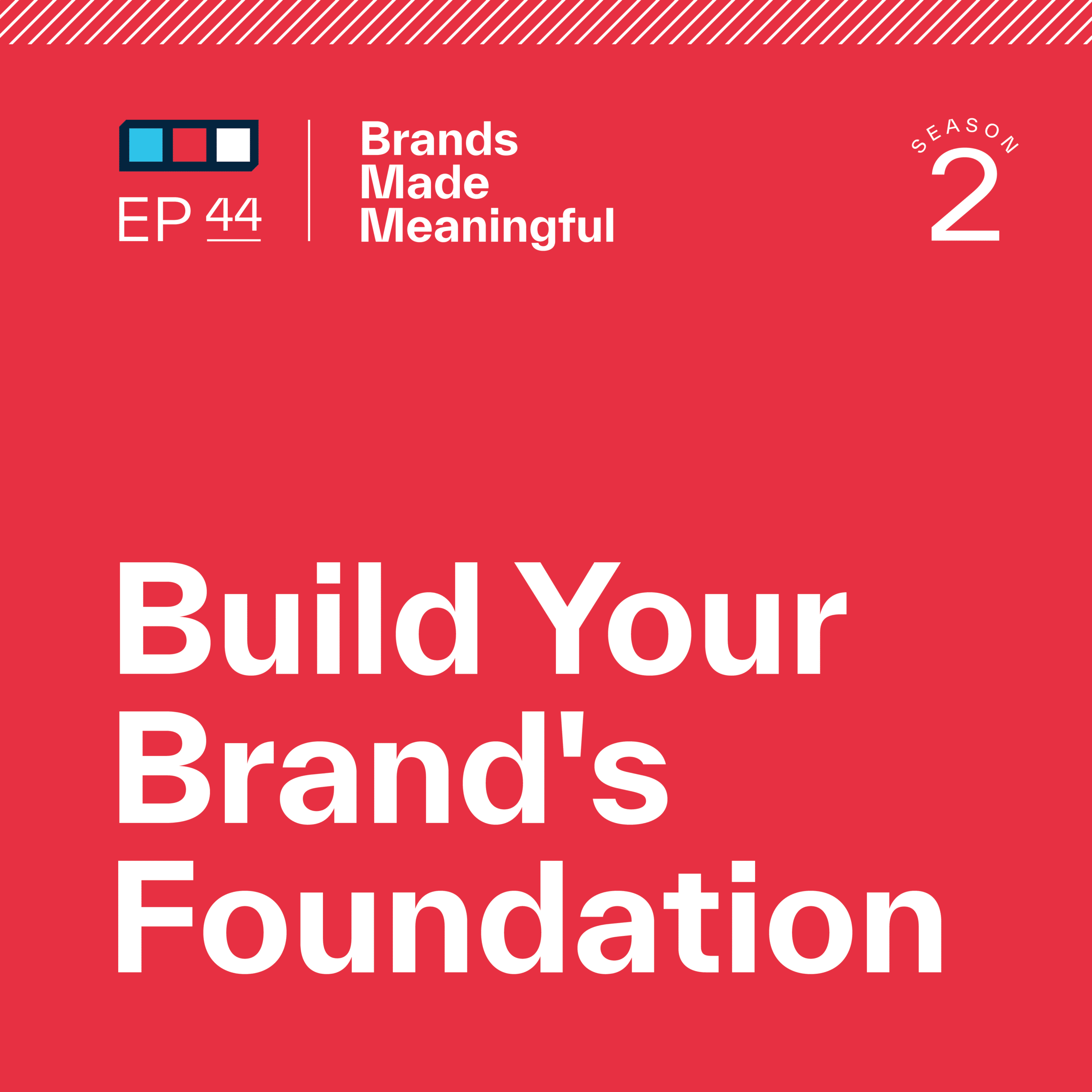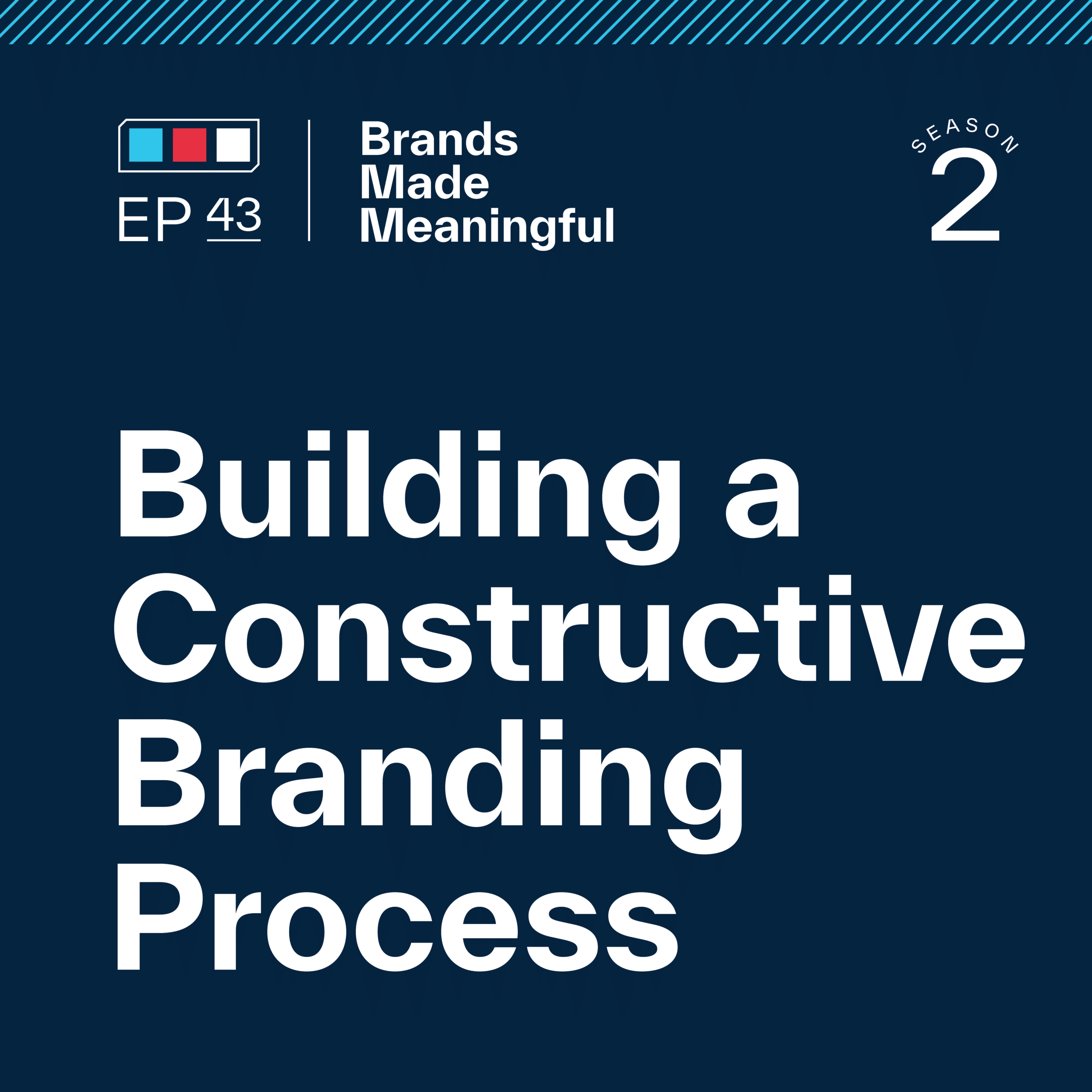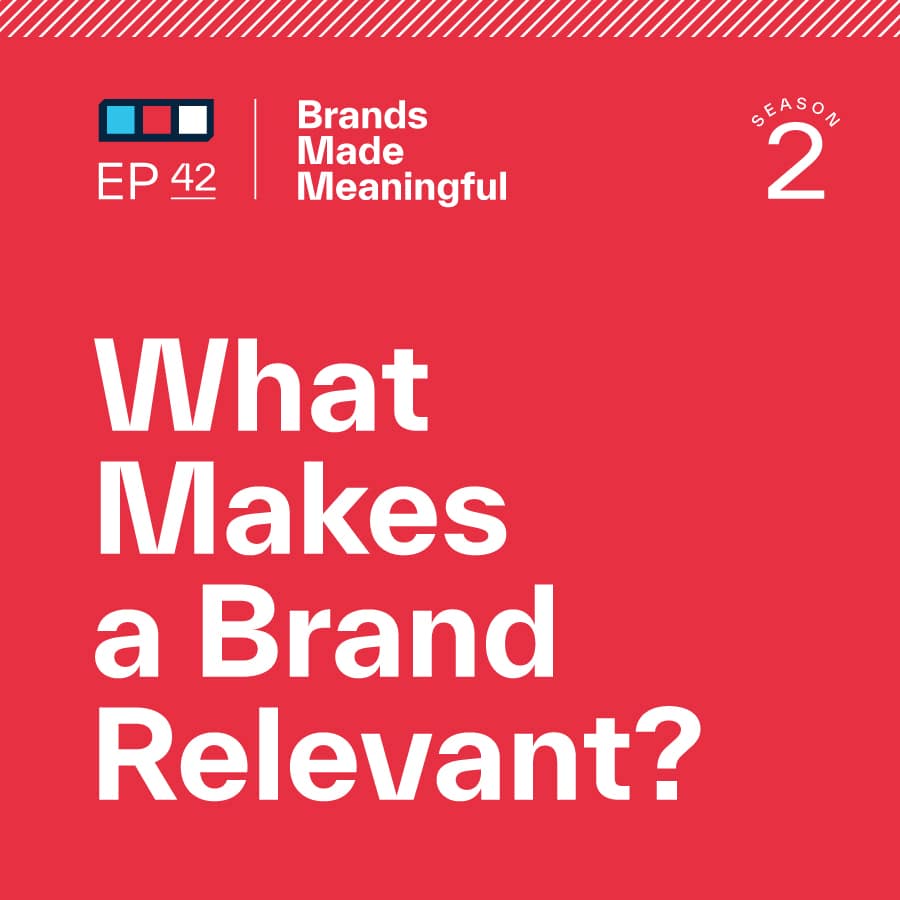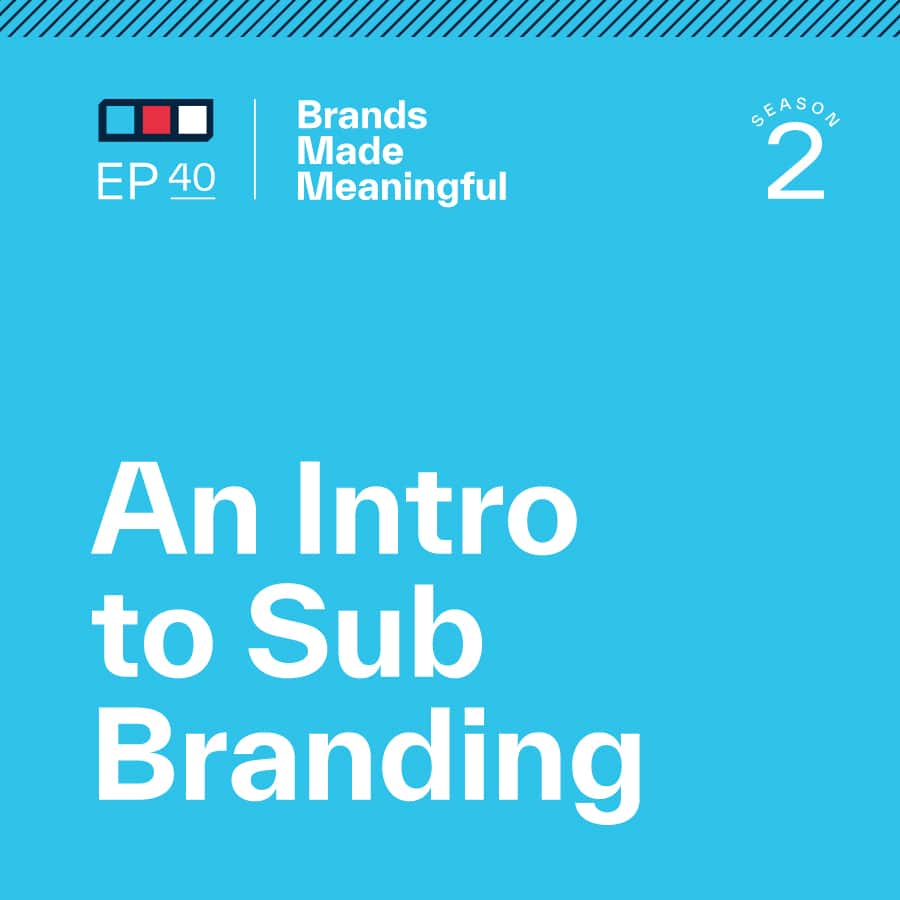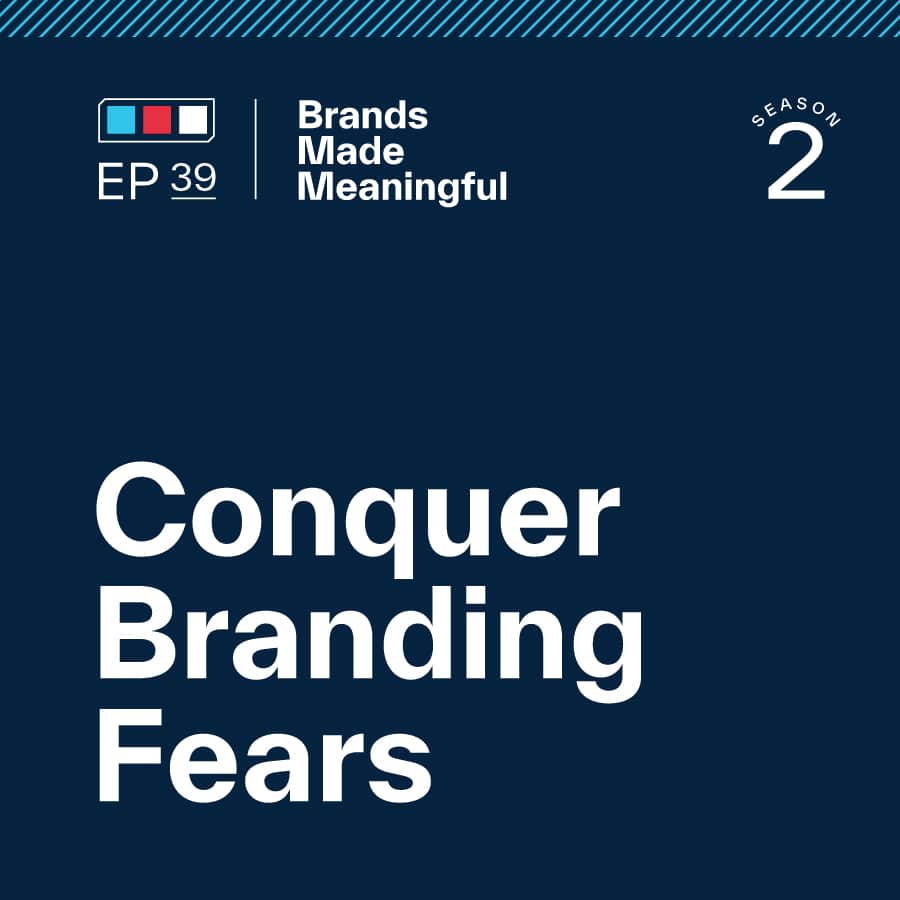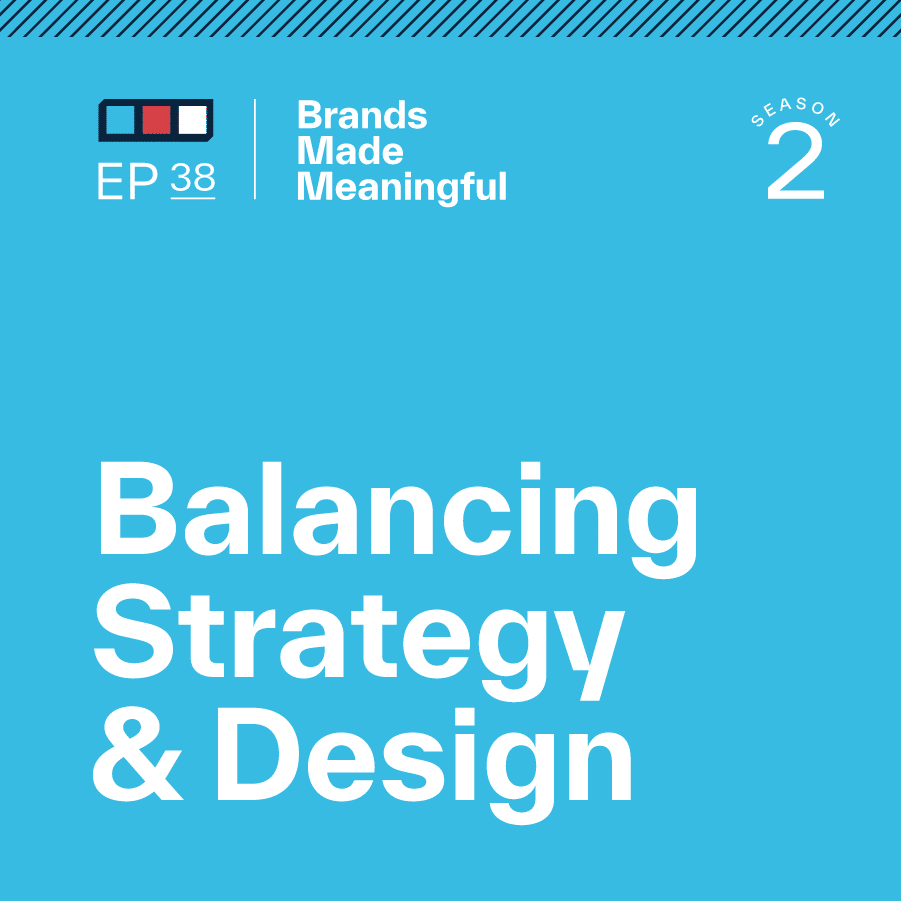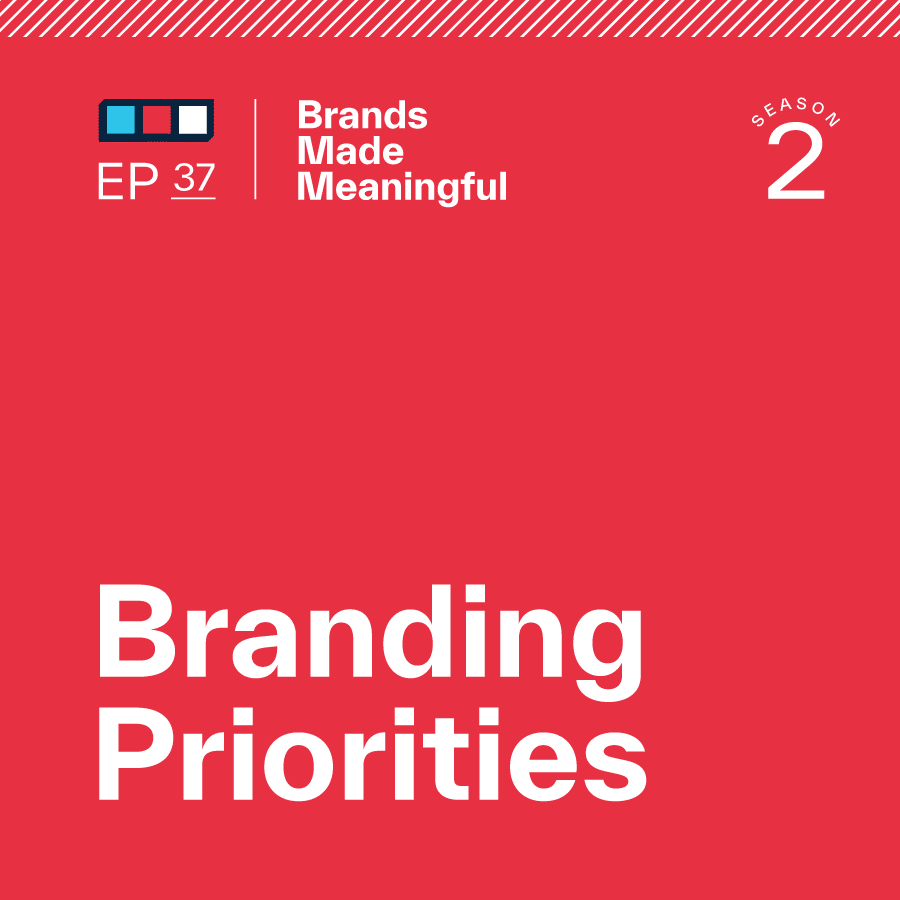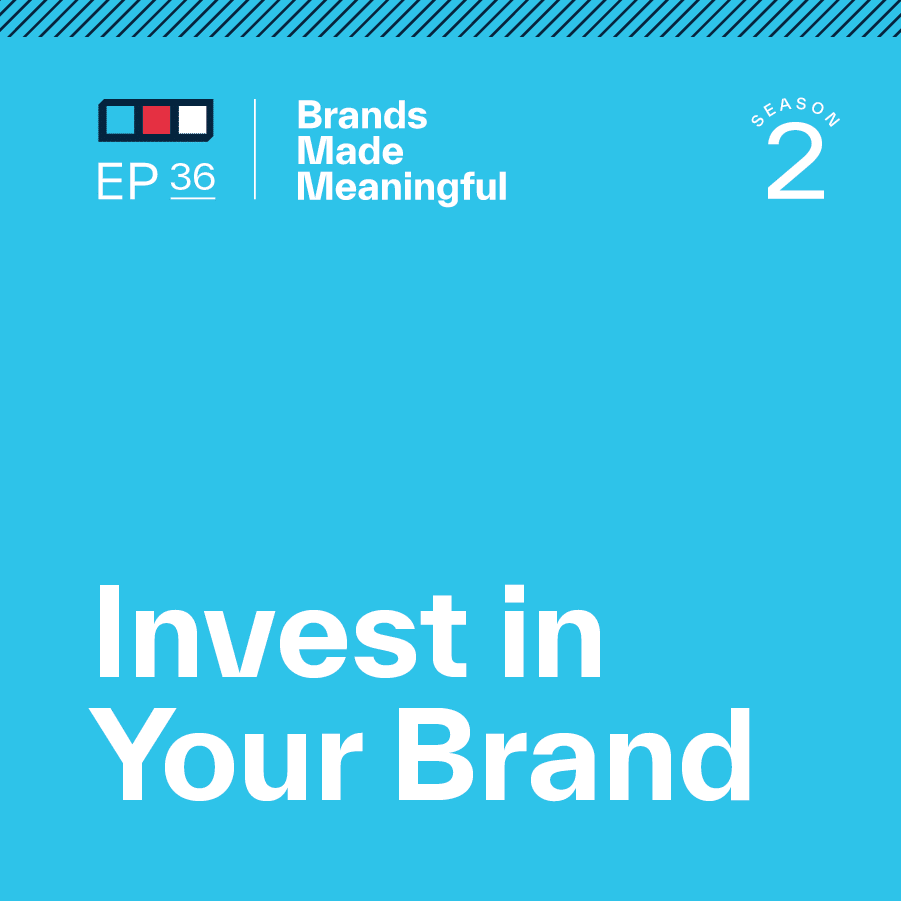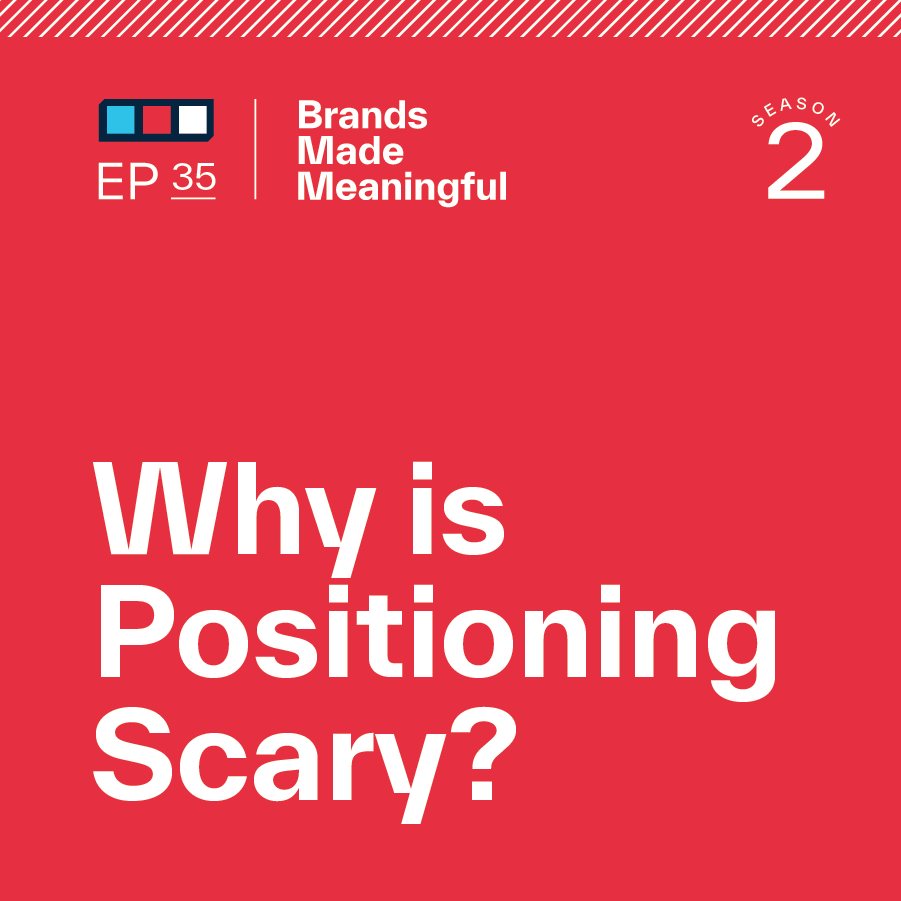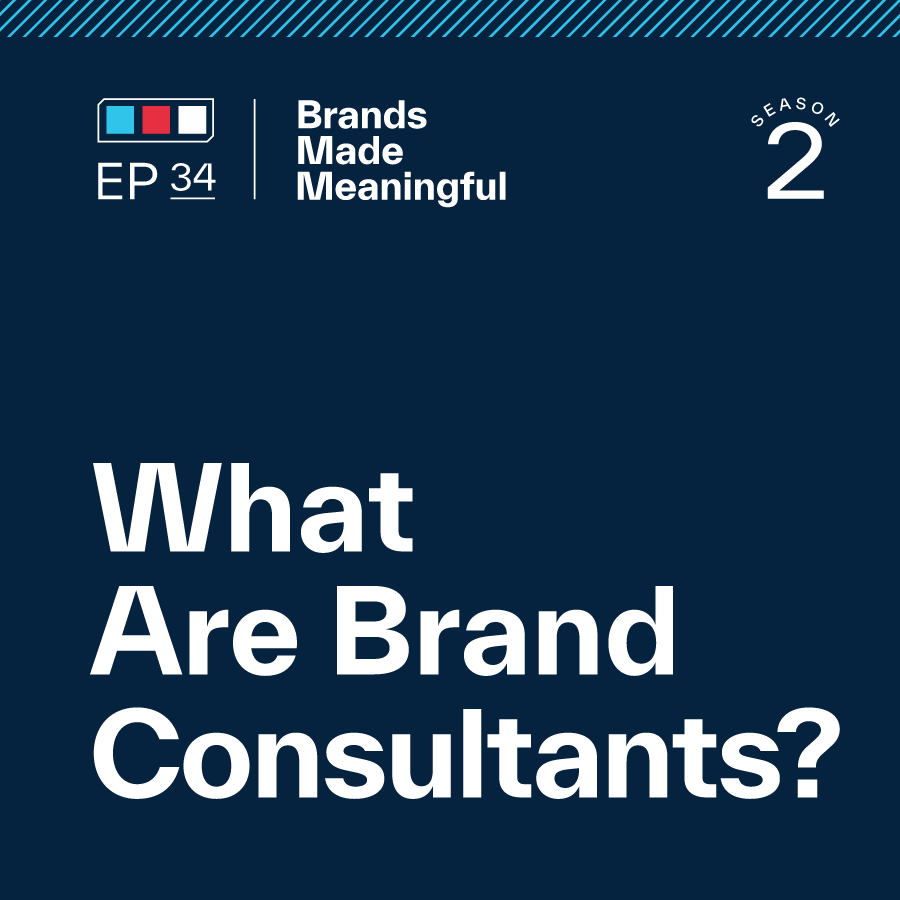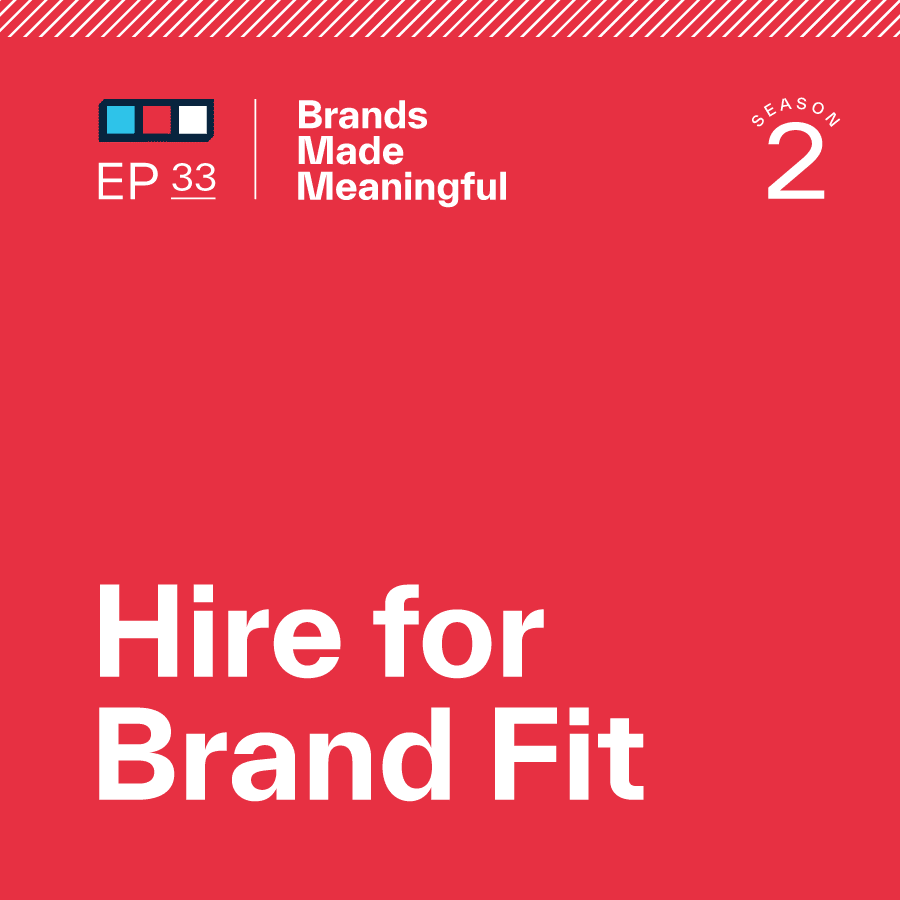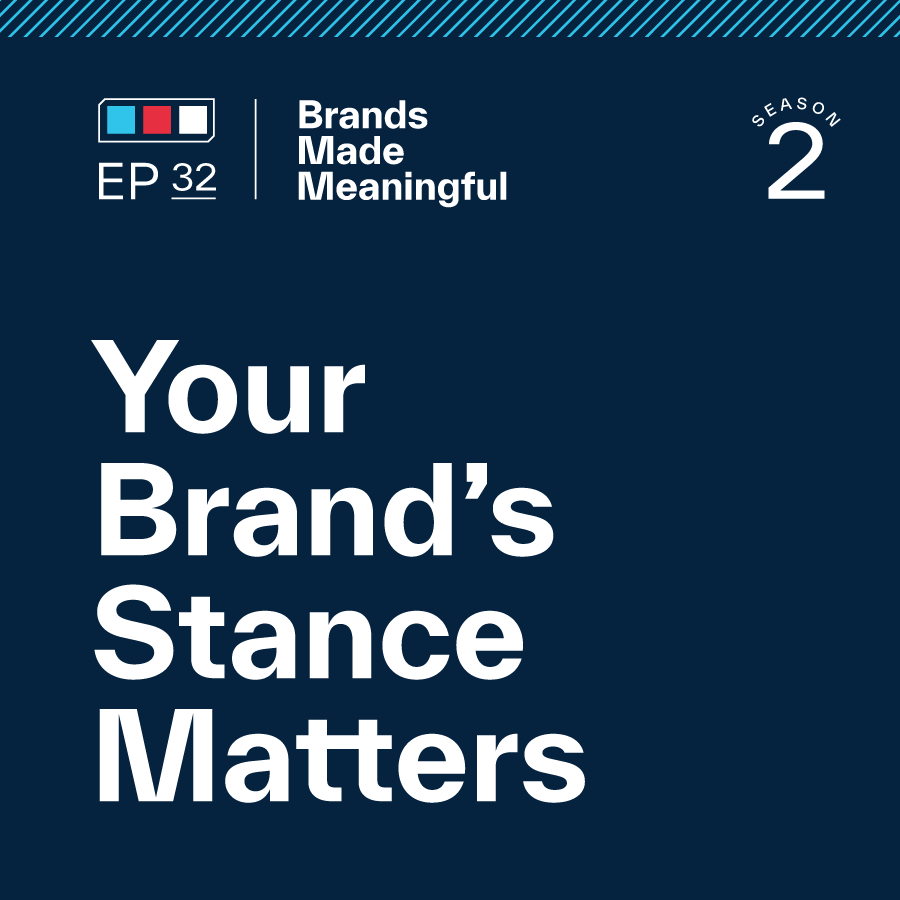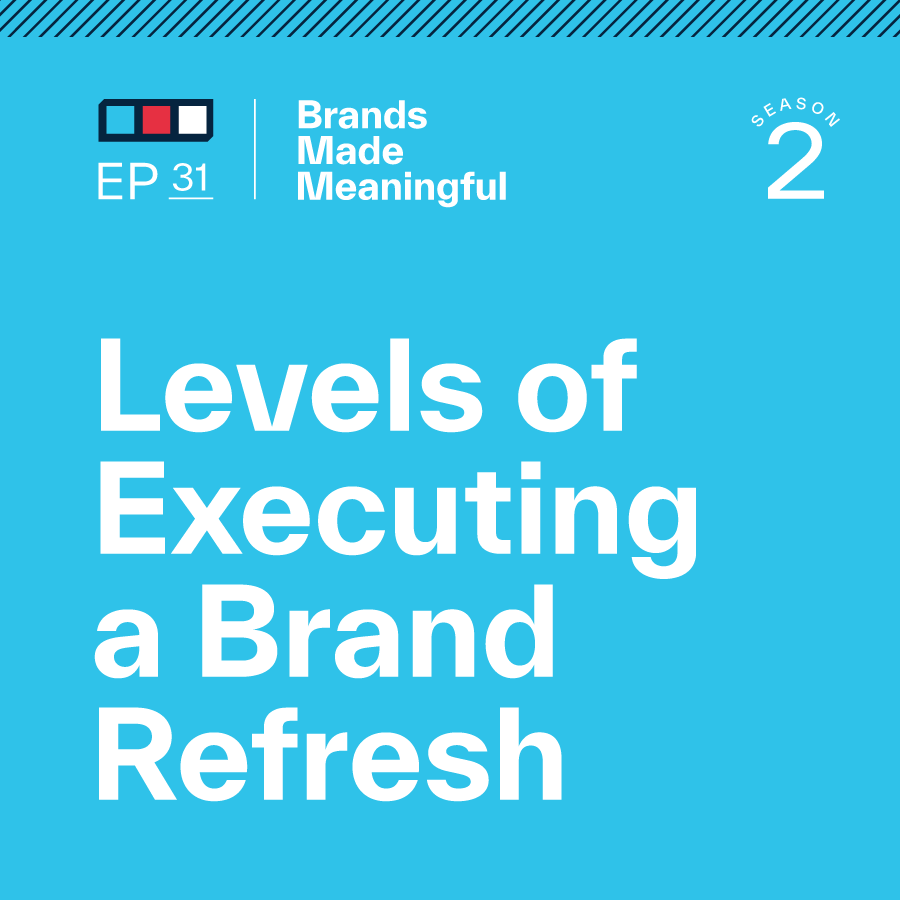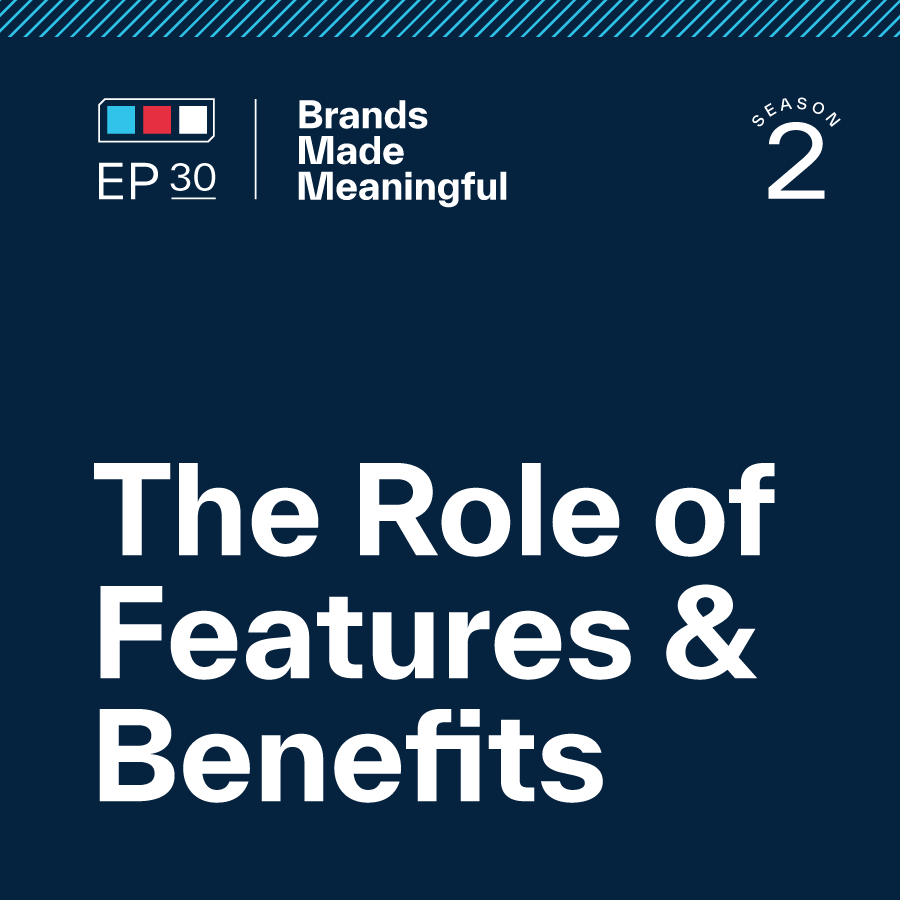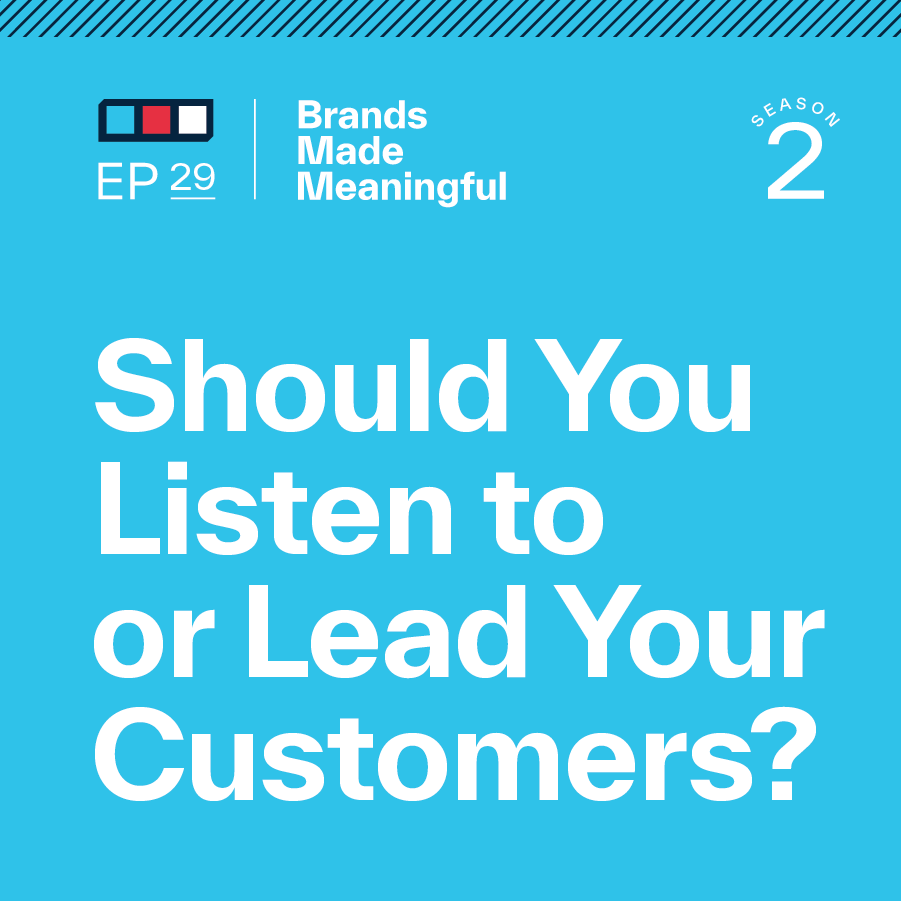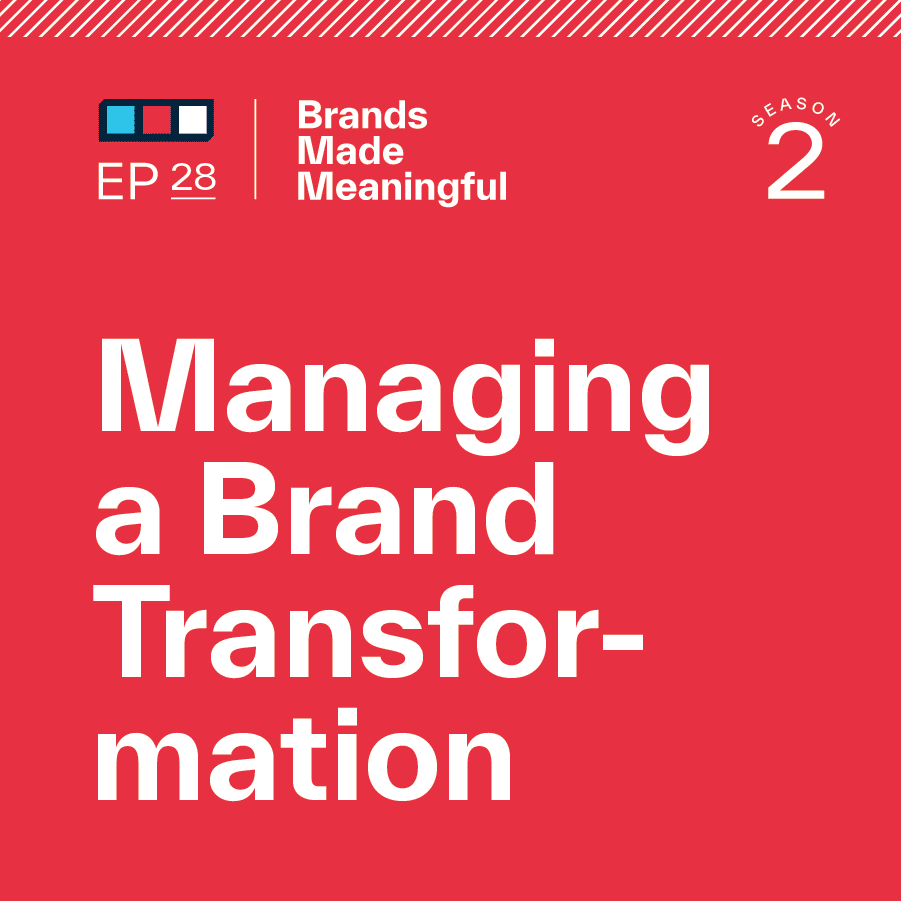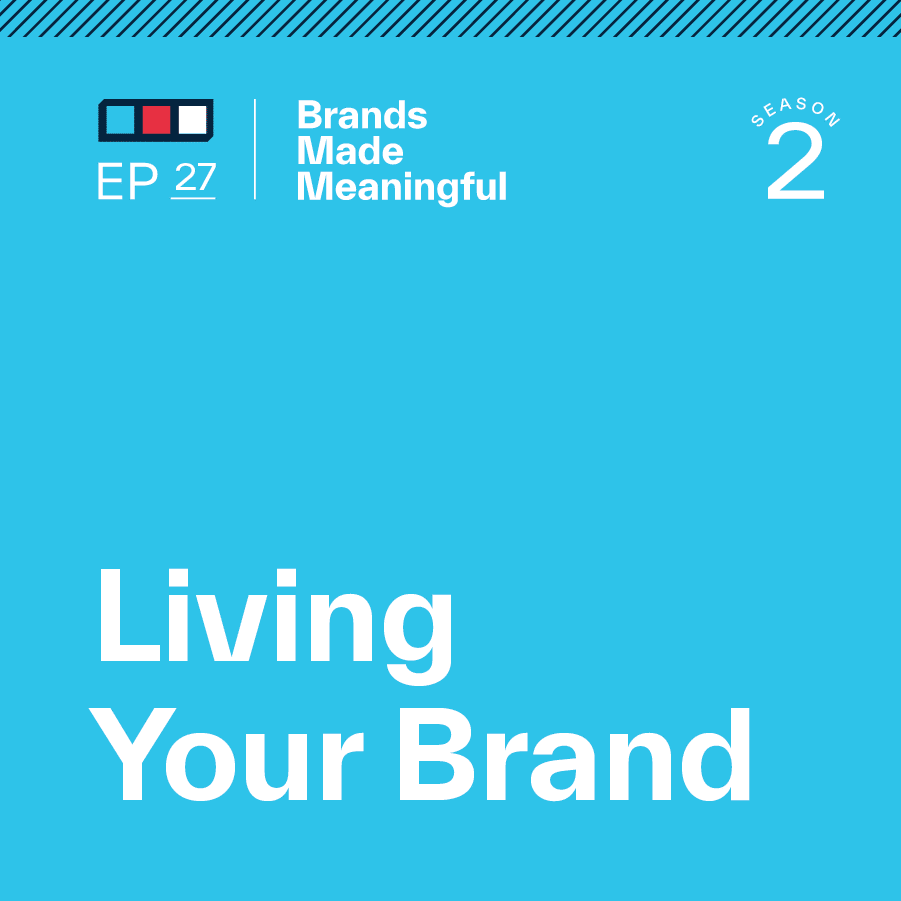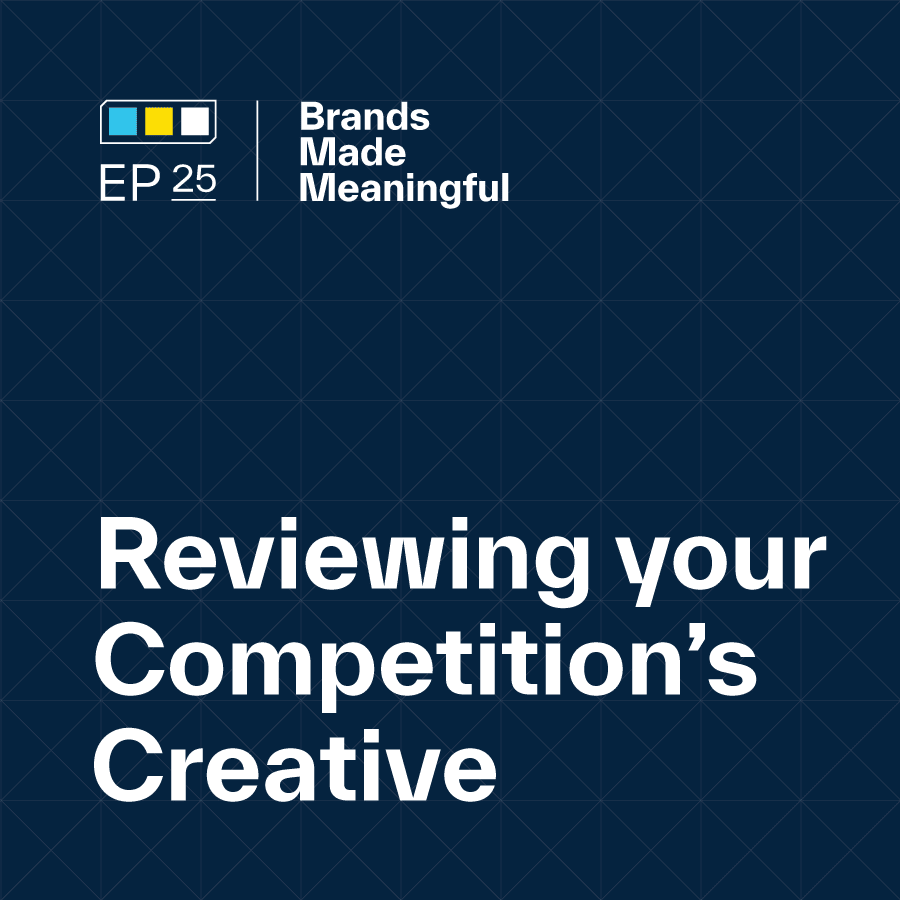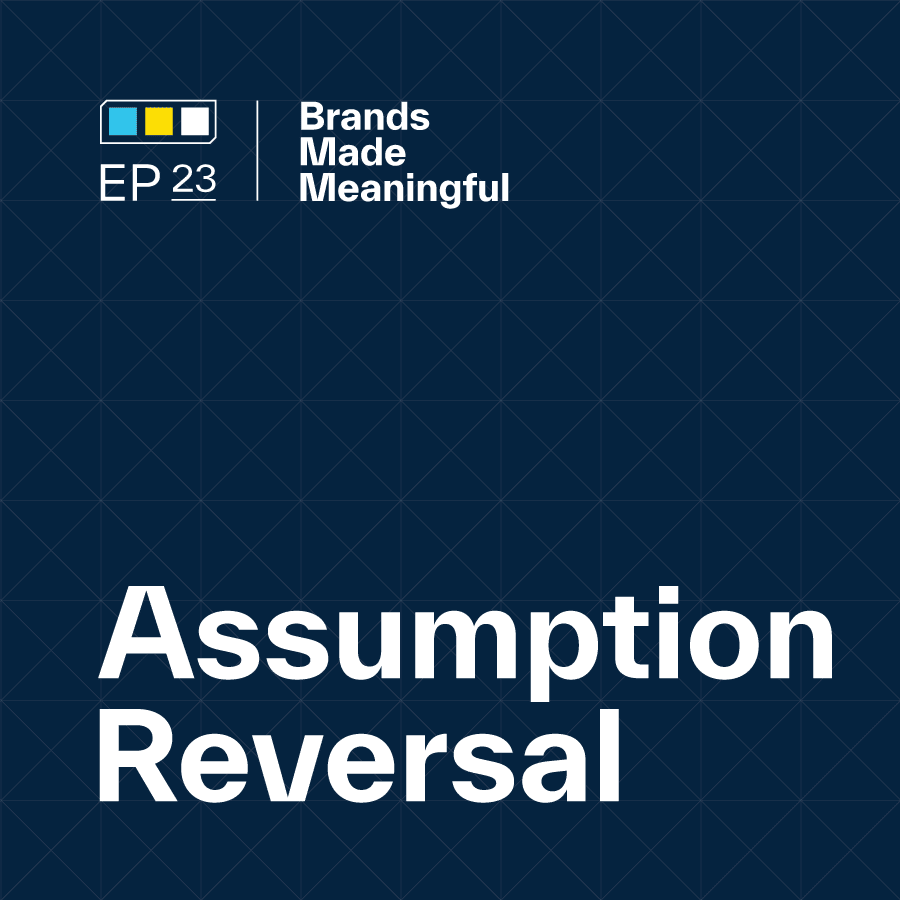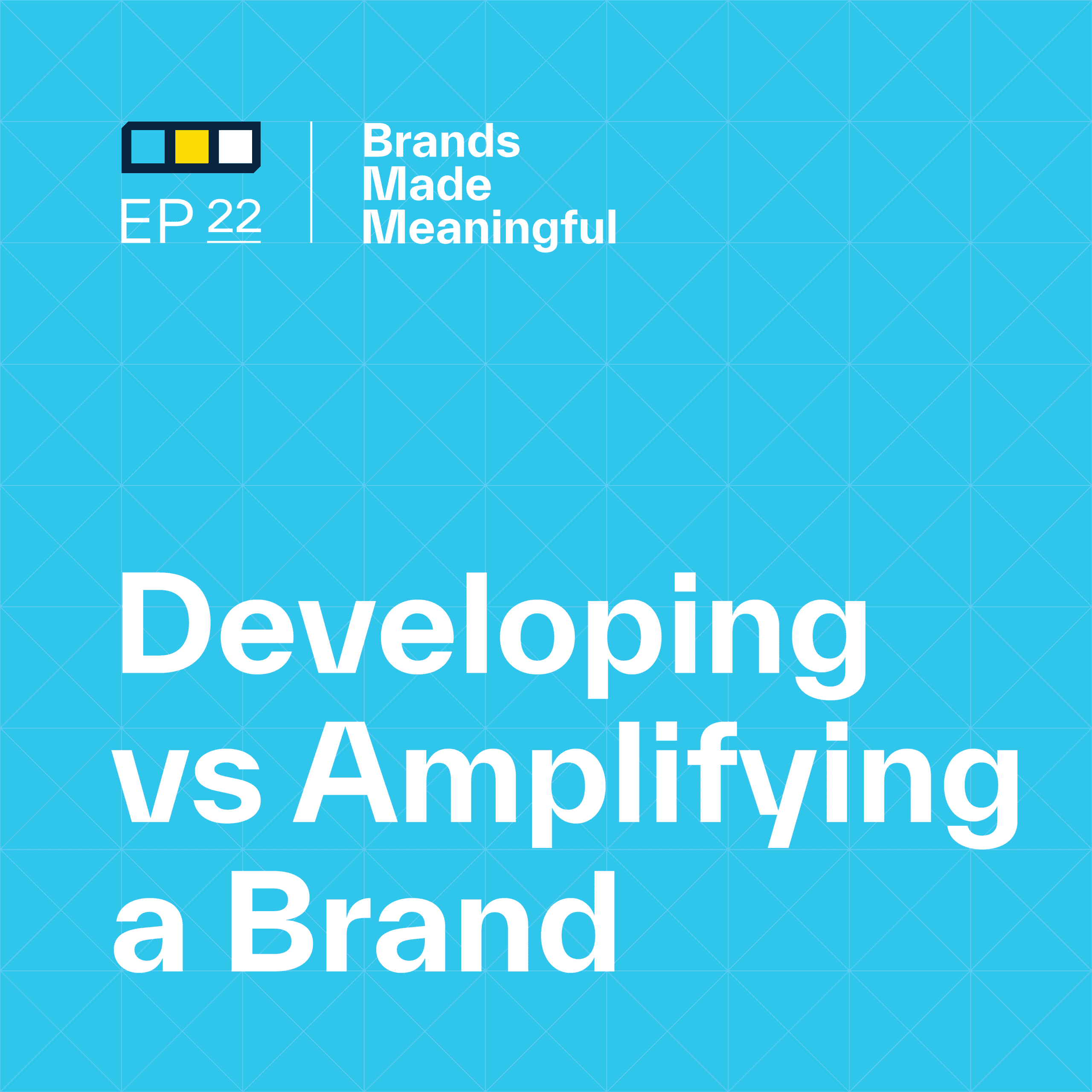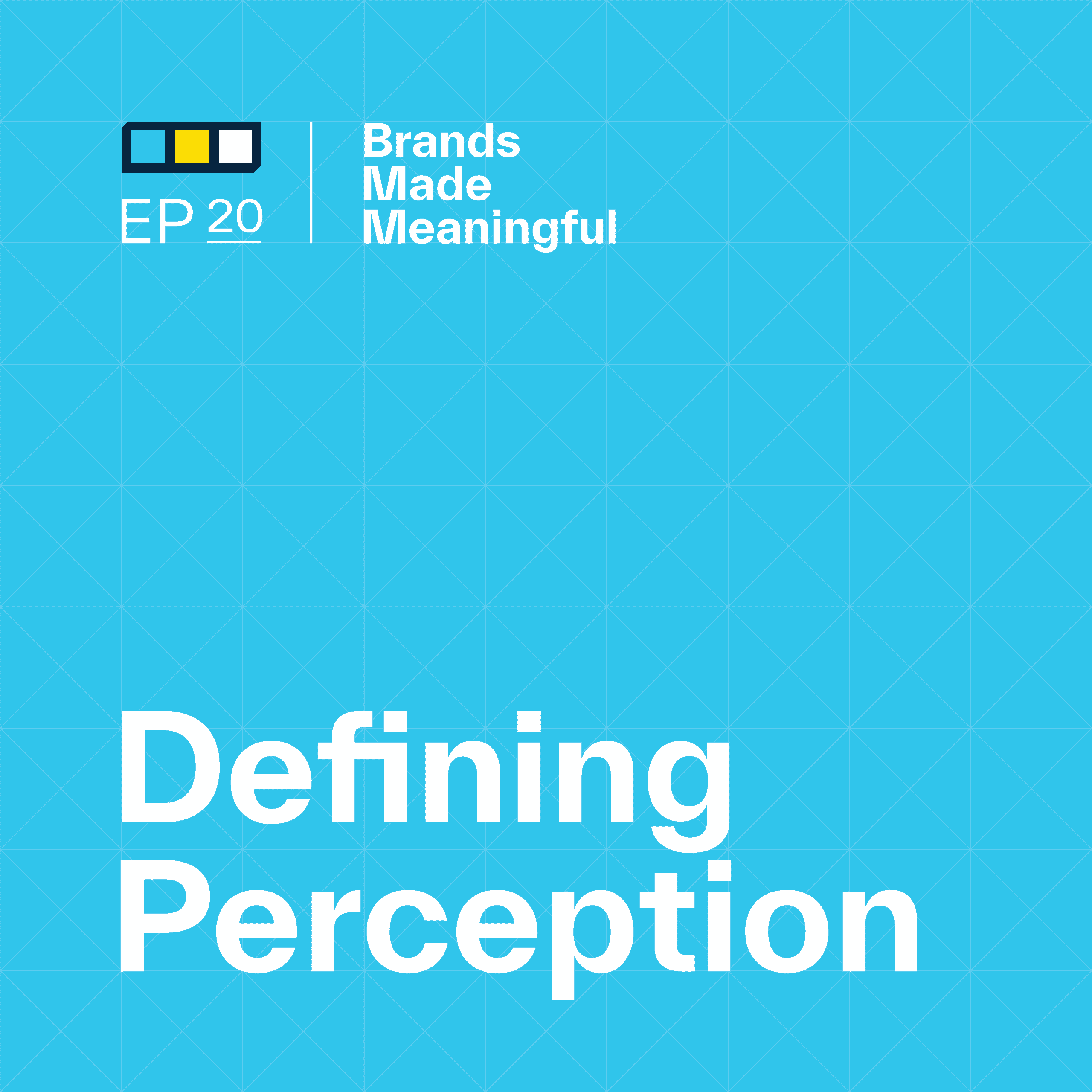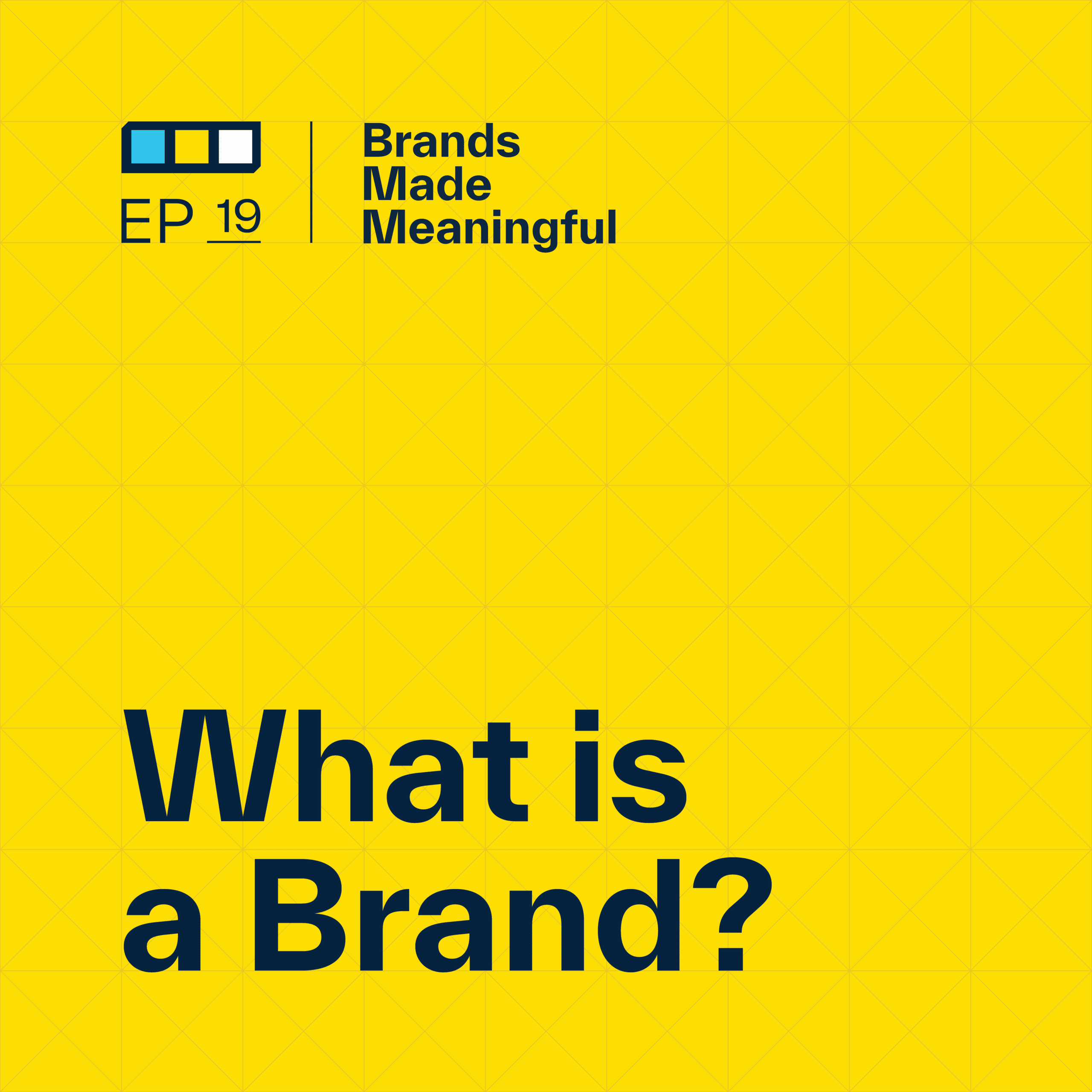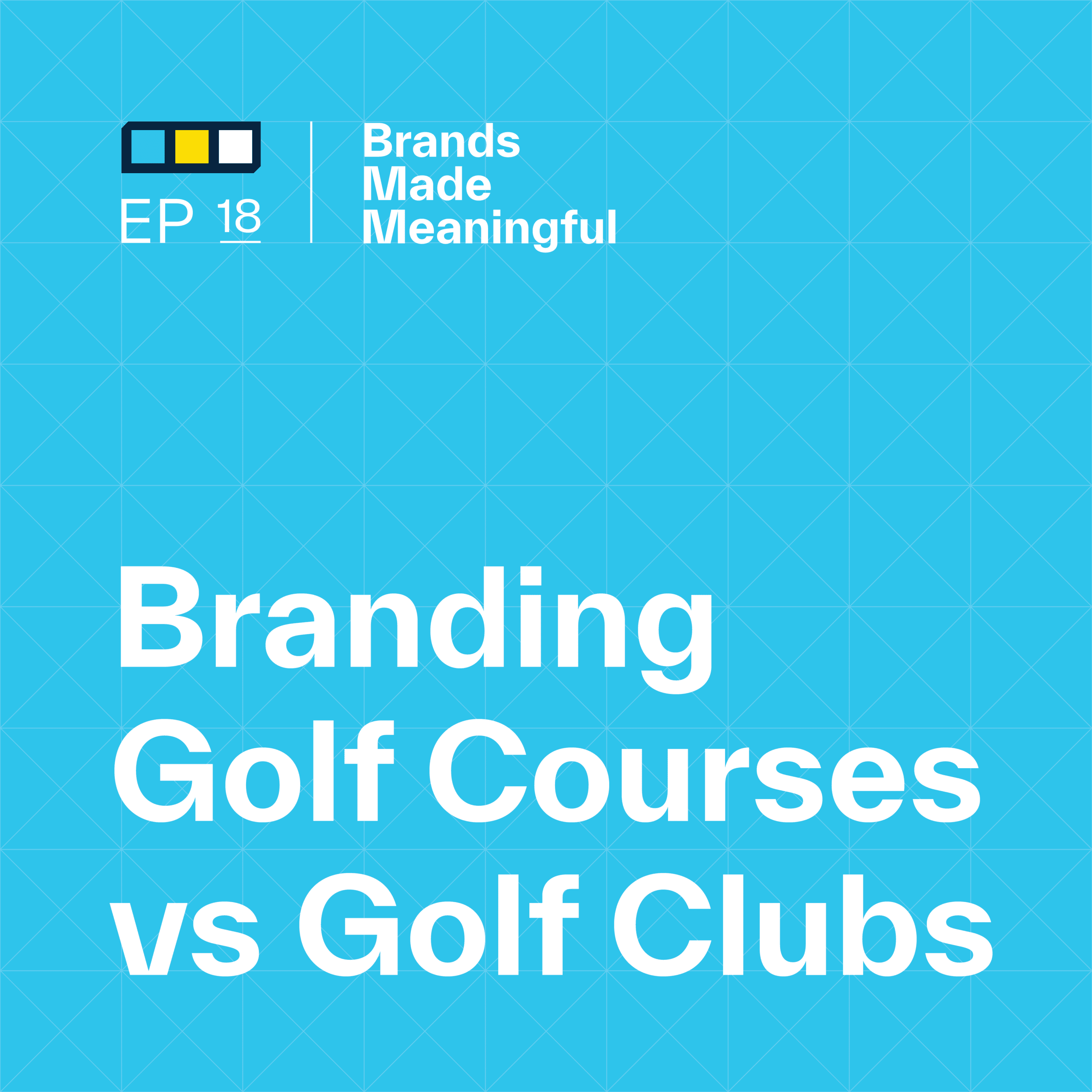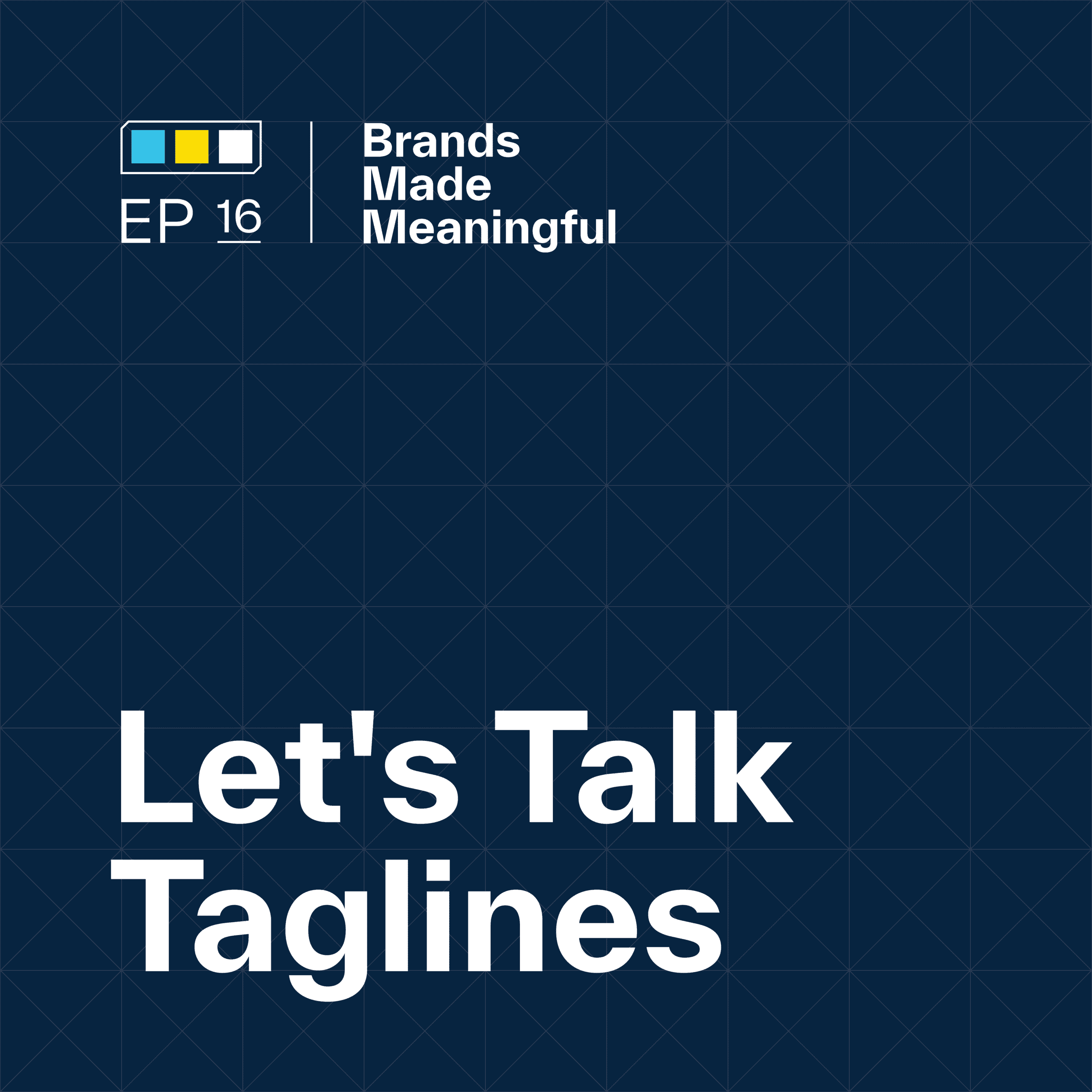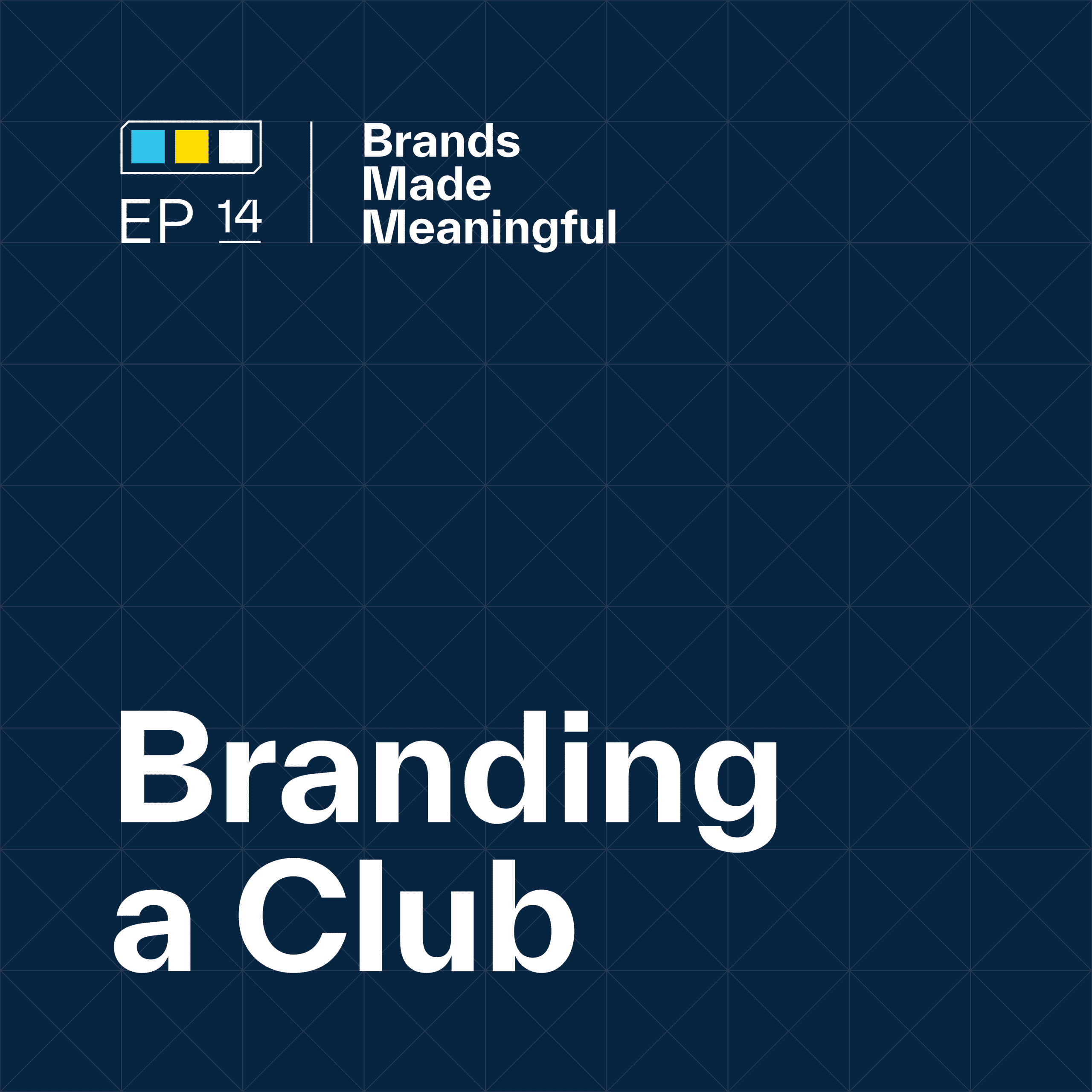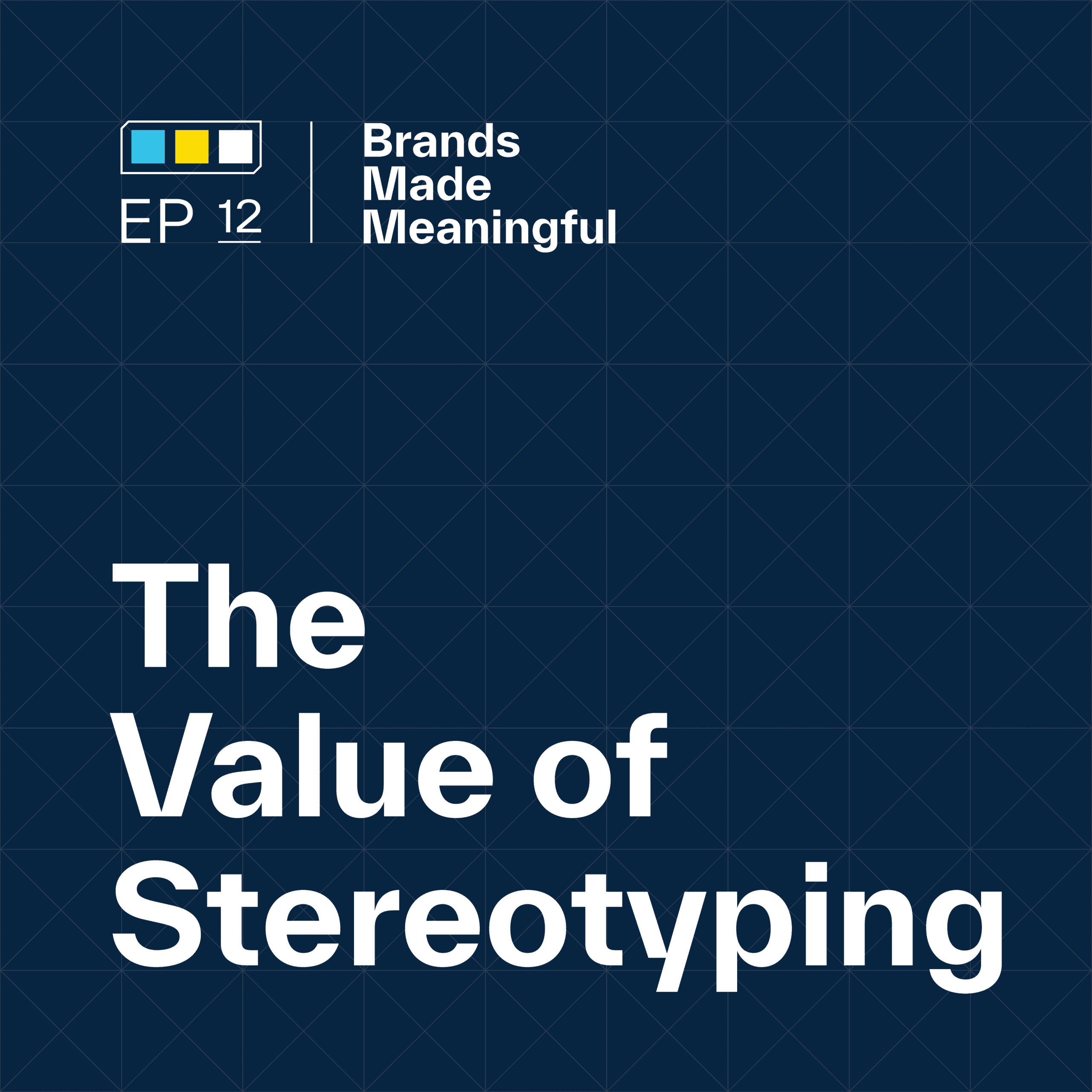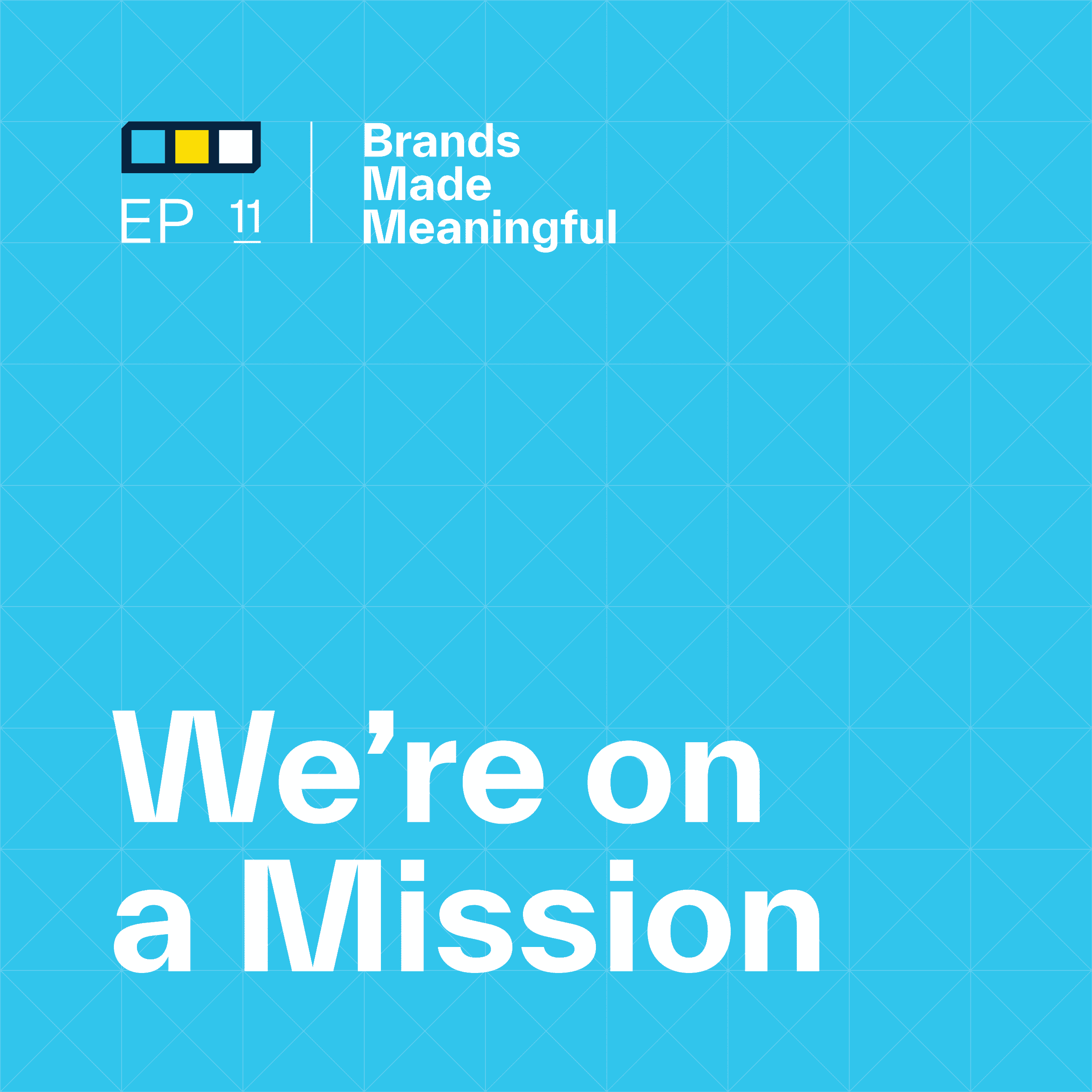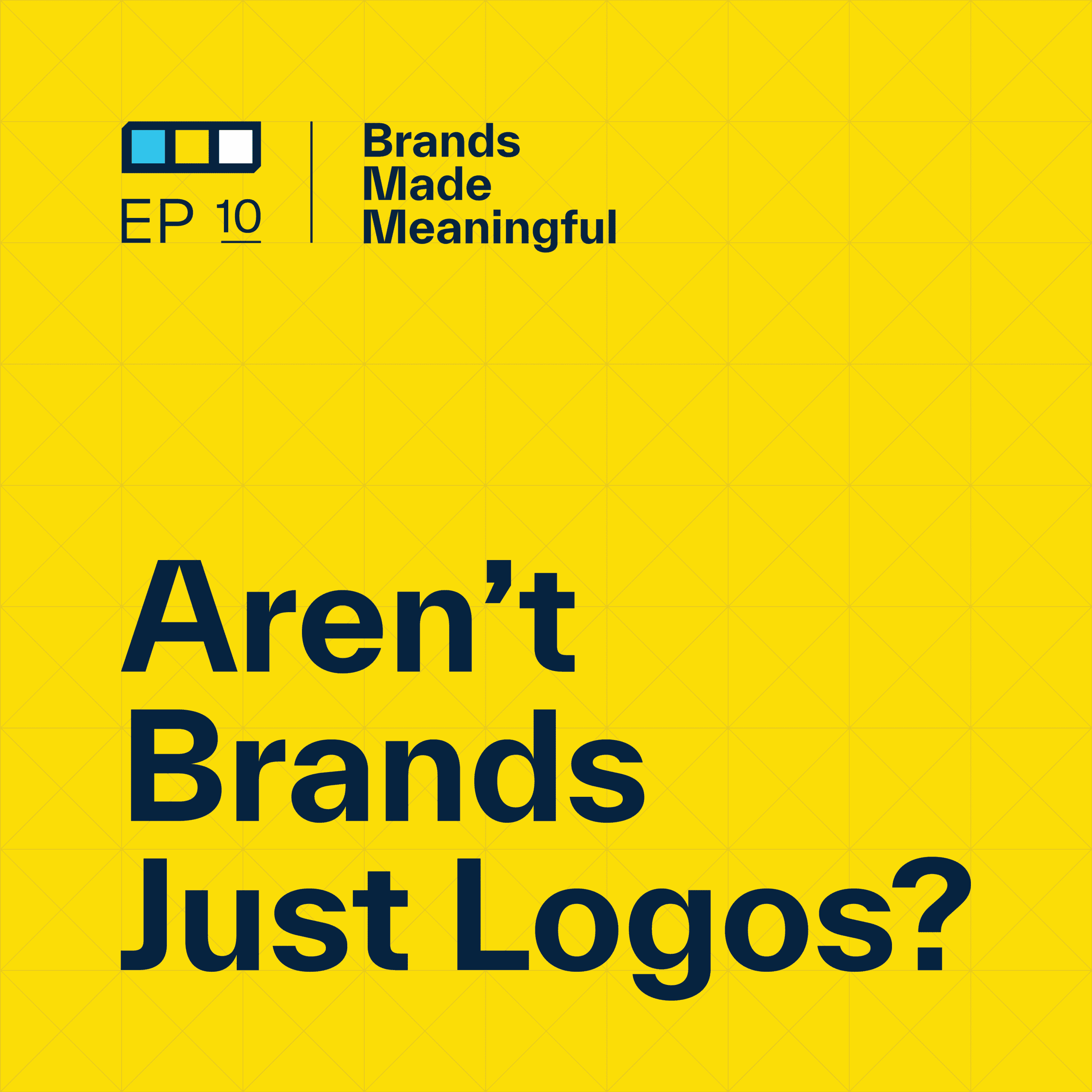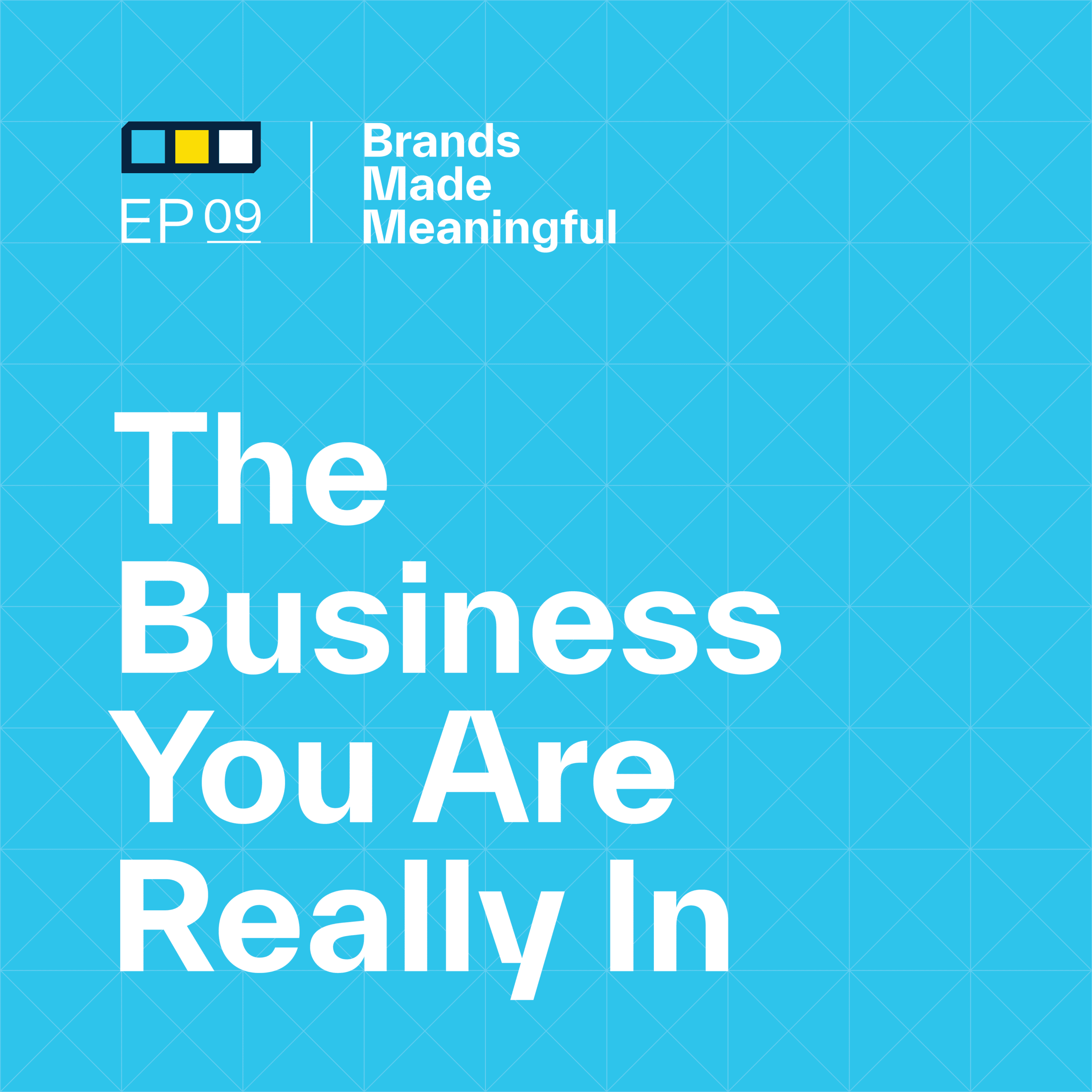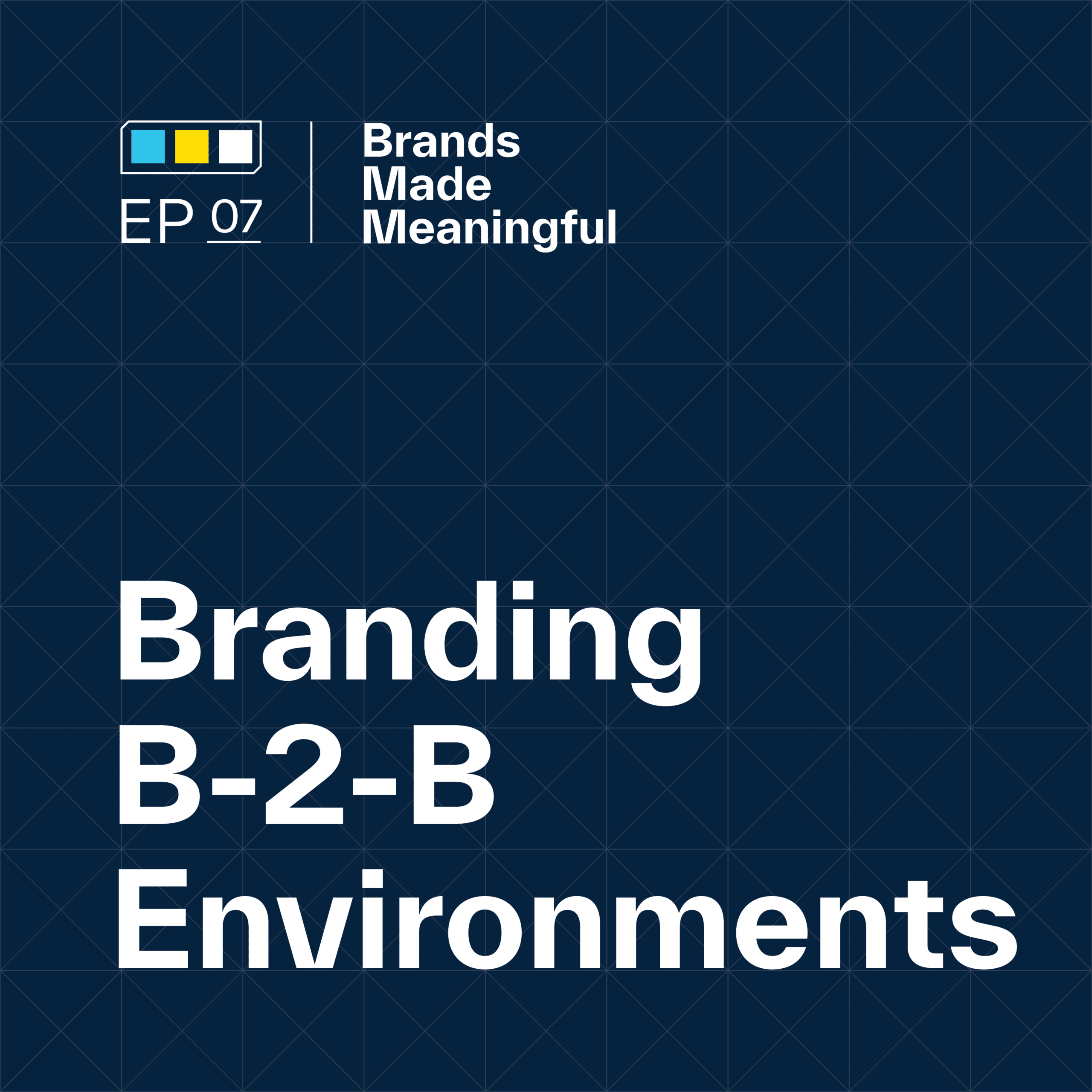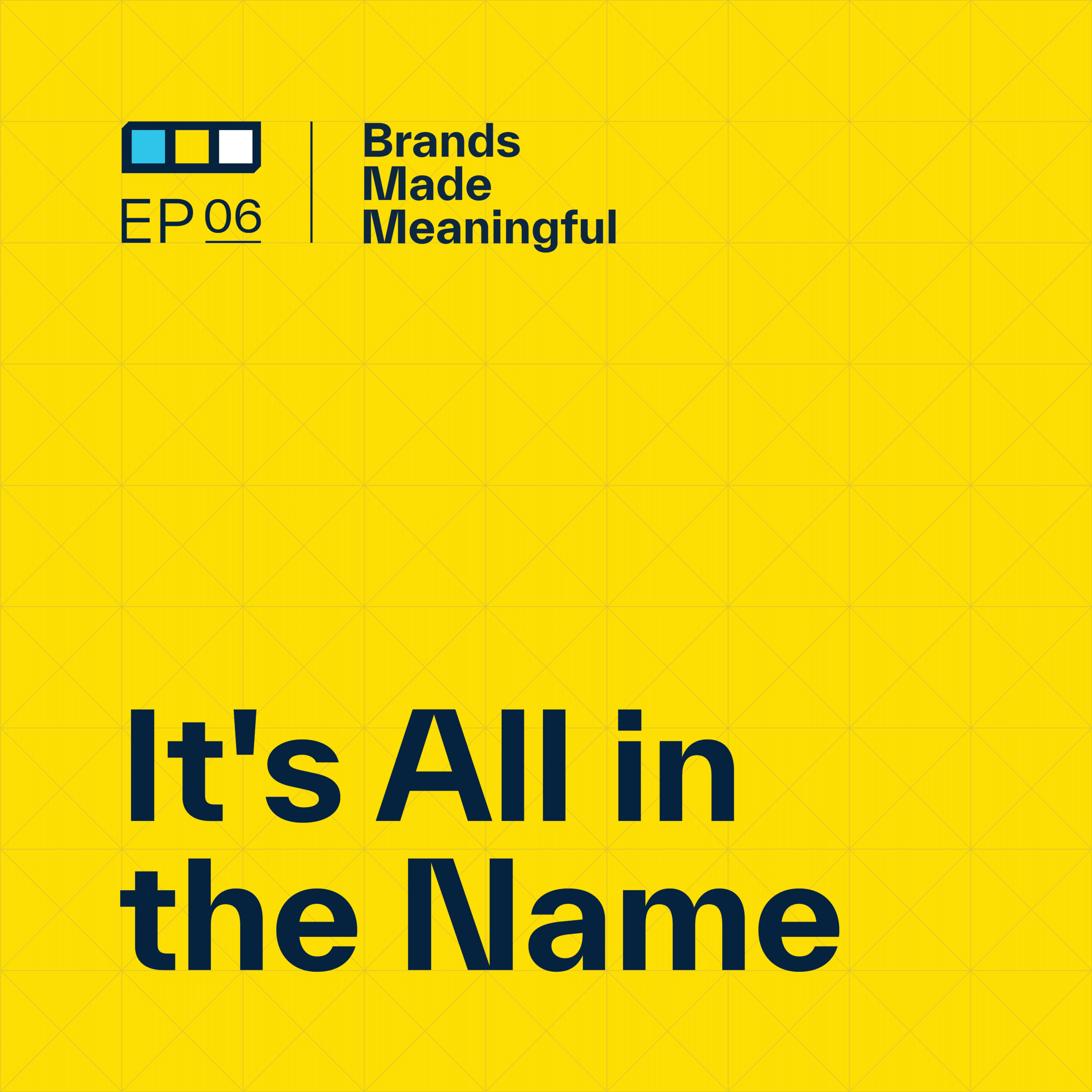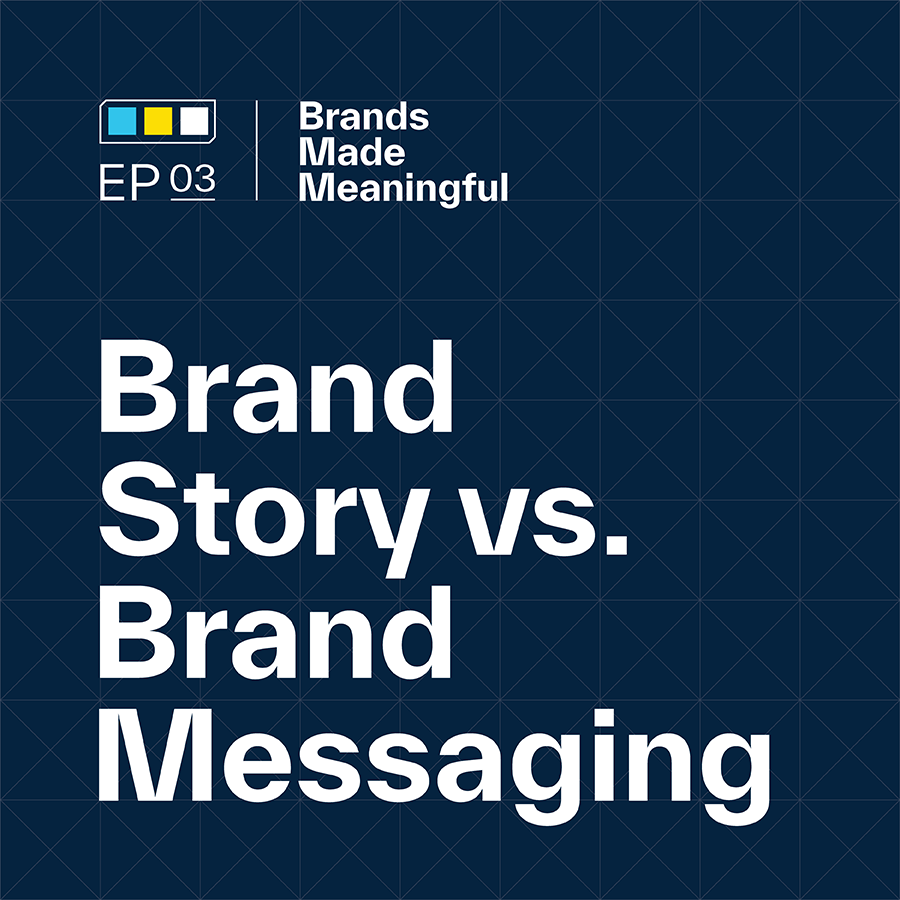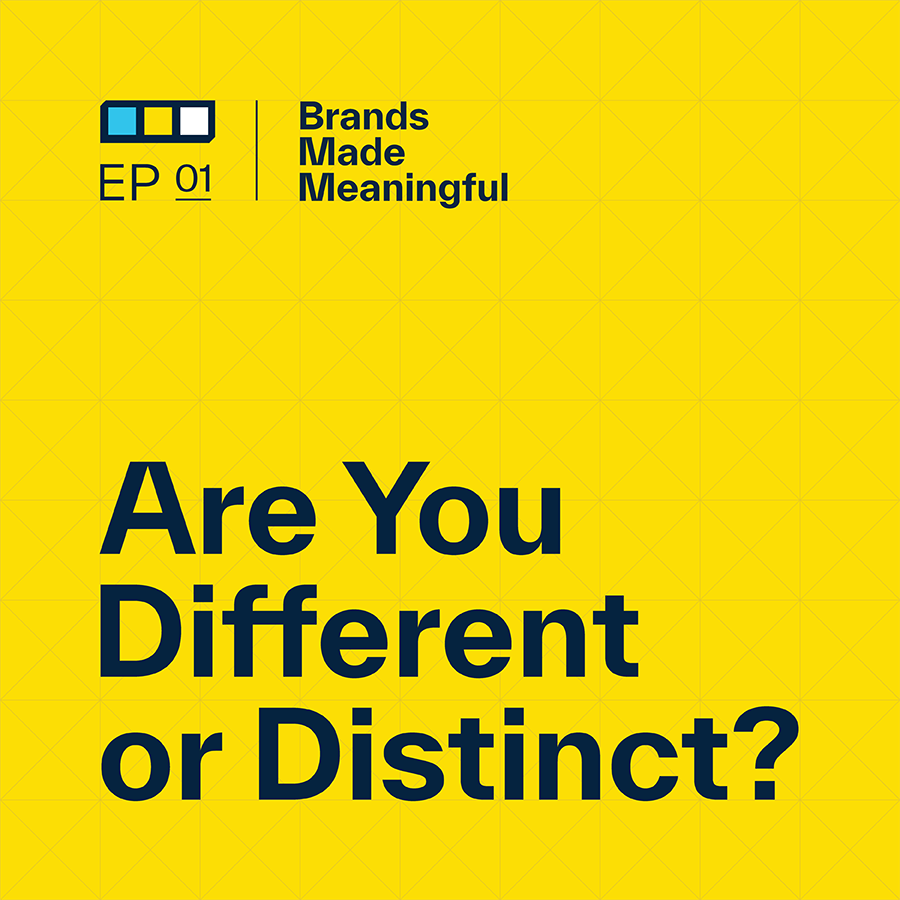EPISODE 13

An Intro to Internal Branding
Episode 13
Derek and Tucker discuss the power behind internal branding.
EPISODE TRANSCRIPTION
Today we’re talking about Internal Branding.
Derek
I’m excited about this conversation today because I actually had the pleasure or the opportunity of sitting on a panel discussion last week to a group of business owners in our local area, and it’s fresh off that panel. And the topic was primarily geared on what a lot of people are thinking about right now, which is attracting and retaining employees.
Tucker
I was at that panel, it was really interesting. We are located in Minneapolis, Minnesota, and it was about small businesses in Minnesota; which we deal with a couple every once in a while. Where we have a small business client and they’re fantastic to work with and they have different challenges. And the one thing that caught my eye was that the unemployment rate in Minnesota right now is 2.2%.
Expand Full Transcript
Derek
It’s incredible.
Tucker
And they still can’t get enough people to work at places; they’re just dying to fill roles. And so a lot of that conversation talked about culture and talked about how are you recruiting and retaining and onboarding and how does that all work? And it was really interesting because you were a part of that conversation. There were two H.R. people, a part of that conversation and then another brand-oriented person, not necessarily a branding firm, but that was a really interesting note to say, “Hey, look, this is more apparent than some people would think.”
Derek
When I first received the invitation to join the panel as a branding agency, my first reaction was, “Really?” I mean, the reason why they invited us was the moderator of the panel (in full disclosure) is a client of ours and he had just recently worked on redefining his own brand foundation; guiding principles, mission, why, direction, and ultimately brand-story with us. And was in the process of gearing up to roll this out and introduce this entire new refined direction that he was really, really excited about to present this to his internal team. And because that was so topical and totally fresh in his mind, it was just really enlightening that he completely understands now the value of your brand beyond just for your marketing purposes.
Tucker
So let’s get into what we’re talking about today before we go way too down this road and lose everyone. But what we’re actually talking about today is internal brands. When we say internal brands, this might resonate with people calling it their employer brand, their employment brand, maybe their H.R. brand. We internally here call it team member brands. So anytime we do this work for somebody, it says, “Okay, we’re going to do X, Y and Z’s team member brand,” Really what we’re talking about is, the team member brand or the internal brand, how is that different than an external brand? Then what’s that role within culture and business and how are you going to use something like this? And then why is it so important that we have this and how can we leverage it to make us more competitive in the market?
Derek
Yeah and when you say the word brand, I think most people go right to the external customer facing, maybe recruiting to a certain standpoint, but the face, the voice, the presentation, the perception that we put out into the world. Not all of us think about that presentation and what version or variation of that is that we present to our current internal team and leverage that internal messaging or the visuals or the components to then help us with our onboarding materials, training materials, recruiting materials, etc. So this whole focus is so top of mind because we’re working with a couple of companies right now on their internal brands and in helping them walk through what that looks like, what that means, and why this is so important today.
Tucker
Yeah, and when we talk about internal brand, you said when people think of brand, they think of external things. I think a lot of people think of products and how they’re selling themselves; and this is no different, right? It’s to say, how are you selling your company- but just to employees? In that panel that you were in, someone had said you need to be recruiting and retaining your current employees every single day, and how are you doing that? This is what we’re trying to attack today, is to say, “Okay, your internal brand should be an asset that you use every day to constantly retain and remind employees why they’re here.”
Derek
In the brand-building exercise, there’s a component that we land on around our desired perception; how we want people to think of us. And when you think of, say, a customer walking through your door or buying your product or experiencing your service, there’s a set of adjectives that we would think of that we would hope that they would associate with that whole experience. What we’re asking is, what is the equivalent version of that experience internally? What’s the experience that an employee has, feels, associates with and what’s their perception of your organization every time (well I wanna say they walk in your door but they may be working from home or virtually or however they’re connecting with you) but what is that brand that’s part of your brand?
Tucker
When we talk about brand, internal-brand specific, people are talking a lot about culture, a lot about H.R., a lot about some marketing things to say, “Oh, this is just a variation of marketing.” Yeah, that’s true. I think a lot of it has to do with definitions. This isn’t all brand new to everybody. This has been going on for a long time. There are just not a lot of people doing it or they are doing it for the first time now. It hasn’t been a solid practice that’s been being worked on over the last decade or two. So let’s get into the role of an internal brand.
Derek
Yeah, kick this off. You know, we’ve talked about what it is. What’s the goal and the role that a team member brand plays.
Tucker
The goal here is to create a distinctive image or association in the minds of current and prospective employees. So when we go to do that, it’s going to really generate economic and social value for our organization. If we’re going to do that, some of the mediums or ways we used tactically that we can get there is through materials that are recruiting, onboarding, and retaining people. If we can focus on really supporting the recruiting, onboarding, and retaining aspects of an organization, then that’ll really help us drive deliverables that can increase certain areas of the organization’s success. So when we say create these images, it’s all about identifying internal programs, initiatives, or departments.
Derek
And supporting those.
Tucker
Yeah, absolutely. So maybe you have a couple of different departments and they have different goals and initiatives and how are they coming together and how are they working with each other and what identifies them to say, “I work for this department and this is what we do.”? This is how we play into the overall story of the organization.
Derek
How does that communication all appropriately fit within what we would refer to as the master-brand of the entire organization?
Tucker
Yeah, so if we look at a master brand, a lot of that is going to be the external brand. But the differences between an external brand and an internal brand may be variations in the colors, may be variations in the style of voice, there probably has to be variations in the way the value propositions go because you’re dealing with different people all the time that have different desires and how that all works. And really it’s understanding if the master brand is telling our brand story from a high level, how does that ladder down to employees? How did they get to take part in that? And are they the hero in the story or are they the guide in the story? And what do they need to be? Because every employee is different and it’s understanding those employees just like you’d want to understand your customers when you’re trying to market to them, you need to understand your employees to properly recruit and retain them.
Derek
Well, I would make the case that the team member brand doesn’t necessarily ladder down secondary or less important than the master brand, it’s complimentary. It’s a ying and yang relationship often.
Tucker
We use that analogy a lot. To say, “Hey, if it’s a yin yang situation, what is the full symbol here? What’s the difference, what are we doing differently?” It’s the same organization. I mean, you’re not going to have something that looks totally off base, but we usually attack the external brand, figure out how we need to sell to people, and then we figure out what’s that complimentary to your point.
Derek
This is oftentimes just a little bit of a confusing concept; the internal brand versus an external brand. So what are a couple tangible reasons or examples of the value of an internal brand? if we’re using them in recruiting and onboarding and retaining, what are what are two or three things?-
Tucker
Why is this important?
Derek
Yeah, how does it manifest?
Tucker
Why would an internal brand be important and what does it do for you? A couple of things that we’ve found over the last couple of years doing this for people is, the reasons why people do it is one; it drives lower levels of absenteeism, which is a difficult word to say cleanly. And that’s really about having people want to be there. People aren’t going to be absentees from a mental perspective. They’re going to come in every day looking to do work, looking to get done, looking to move the needle forward. And they’re also not going to try to rely on sick days and getting off work and being away from the situation.
Derek
While ideally this internal brand helped you as an organization, identify that employee as a right fit. The right cultural core value fit in the first place.
Tucker
Yeah, but when we say to drive lower levels of absenteeism, it’s basically saying people want to be there.
Derek
Yep.
Tucker
We can make people want to be there more. Number two would be, contributes to lower levels of staff turnover. We’ve seen people implement this properly and they have recruiting costs get lower; less training is required. They get people on their staff for a longer period of time, which just increases their value. And saying, “Okay, we don’t have to spend so much time trying to find new people that are great fits.”
Derek
Yeah; they’re motivated. They’re motivated to help work towards the goals of the organization in addition to the role in which they work.
Tucker
Yeah, the third one would be improve relations between management and workers, or we’d say leadership and employees. Leaders find that employees are more likely to accept change without a dispute or without an issue because they trust each other. If we can say, “Hey, this is what we’re doing, this is where we’re going, this is how you fit, and here are the new protocols that we’re putting in because of this,” they go, “I get it. I see it. This totally makes sense. I have trust in this.”
Derek
One of the terms that we’ve worked with that helped describe this is, a social contract. It’s an agreement. As part of that relationship, we know that we’re both working towards the same thing and the same purpose. And even if we have some healthy conflict along the way around maybe the ways that we do it, you know that I’ve got your back and I know that you’ve got mine.
Tucker
We hear a lot with the conversations of culture about remote work, and someone in that panel that we had mentioned earlier had said, “A common mission is more important than a common building,” meaning that if we’re all rallied together, it doesn’t matter if we’re sitting in the same spot, because at home I understand what I need to do and what you need to do so that we’re working together for that same end goal, which is great. So trust is really important. Number four on why internal brands matter, is an improved worker performance. You see motivated employees working harder. They arrive on time, they’re focusing more on the daily things that they need to do and they see how it fits into the larger puzzle. Their productivity rises because the amount of work that they’re doing isn’t bogged down by other cultural problems like not trusting their leaders or not knowing where they’re going or looking for other jobs because they’re like, “I don’t really know if I want to be here anymore.”
Derek
And better performance, higher motivation, harder work, and more focused productivity results in benefits to the customers.
Tucker
Absolutely. I think the one big thing that you see with happy employees, and a lot of people know this already, but if you have happy employees, then you probably have a better product. Whether it’s a service or a product, but you probably have a better output of what that is. And that piece probably has better customer service that goes along with it because you have happier people dealing with these problems that are more inspired to do what they do every day.
Derek
Think of organizations that you’ve just had incredible customer service with, not just what you would expect to receive, not just a regular interaction. But any time somewhere you felt like somebody has gone above and beyond and just knocked it out of the park. That certainly could be that specific individual that you dealt with and their motivation and their personality, but it’s also quite likely that they are part of and belong to and are supported by this team member brand that found that right person in the first place and helps keep that person there and part of their organization and is now reaping the benefits of the great work and the goodwill and that customer interaction that’s making their customers excited to be customers.
Tucker
Absolutely. And I want to make it clear that the team member brand in this conversation is not the hero. The team member brand is not this thing that’s going to solve all your problems. I mean, we understand that this is just a piece that supports everything else. This is the visual communication and the verbal communication of this leadership desire, right? When we talk about an internal brand, it’s not like implementing this is solving the world’s problems for you, but it’s identifying to internal audiences that we are one, we’re going to work together to do this. And it does help communicate a lot of things to people.
Derek
It gives the leaders internally who are working with their staff and coworkers the tools.
Tucker
Absolutely, yeah. Some people call it their team member tool kit. For one of our big clients, the team member tool kit constantly gets revised, and constantly gets updated. If a new initiative comes out, how does that fit into this toolkit? What pieces of the toolkit do we use to actually make this initiative more successful? So this is a great supporting element for organizations that are constantly growing, constantly doing new things, and really wanting to be on the top of their game when it comes to internal recruiting and retaining.
Derek
When we help an organization refresh their brand, our process typically looks at four components. There are four components that our expertise hones in on. One is the foundational elements, which is your brand story, your guiding principles, and understanding what it is you stand for. We do that before we get into the second and third components, which are the messaging and verbal brand components and the visual imagery that support it. The fourth one is the tactics, you know, all the tangible things that people actually touch and in.
Tucker
Websites, brochures, all that stuff.
Derek
Yeah, digitally, printed, all of the things that people interact with. So, Tucker let’s start at the foundational level. What are some foundational questions that people can start thinking about within that part of the brand component specifically to their internal brand?
Tucker
There are a lot of questions when we start this process, right? When you start the, “Hey, we want to make an internal brand, what does that look like? What are we going to talk about?” These are basically the questions we take right out of those conversations. To say, “Here’s what we would ask our clients and we don’t expect them to have the answers, but we are. The process of this is to get the answers. Our goal is to answer these questions over the period of that project.” So a couple of the questions are, how do your employees take part in the overall story of your brand? How do we continue that story for them? Do employees even want to be the hero in the story, or do they want to be the guide? And that’s a big difference because there’s no right answer; it really depends on who those employees are.
Derek
Well, and we talk about the personas. Or what are the actual faces and names of the different types of employees that you have? We’re working with an organization that has employees that are executives, that are sales, all the way down to people that work on a manufacturing floor and everywhere in between. And each of those people’s motivations and needs might vary a little bit or a lot.
Tucker
We’re in the middle of a process talking to an organization about this exact thing and they have 1500 or more employees across the world that have different desires, in different countries, different nationalities, and expectations and values. And it gets confusing. So you can’t just assume one thing about your employees worldwide to say, “Nope, everyone likes that. So we’re just going to keep moving forward.” So to understand what their desire is. Who they need to be while they’re working is really important.
Derek
And we talk about personas in the form of stereotyping and I think we talked about that in one of our previous podcasts.
Tucker
I think it’s the one before this actually.
Derek
It talks about what that means with the goal of ultimately understanding the differences between the different types and groups and roles within our organization so that we can understand what that common thread is.
Tucker
Yeah and those roles can be broken up by department, that can be broken up on just seniority level. I think it’s a really unique set to say not every organization is the same.
Derek
And as an organization, when we start to think about what leads into the culture, what is the most common thread that we as an organization look for?
Tucker
So a lot of people when they talk about culture, they start with core values. Which is a really natural way to start. To say, “Okay, what type of people do we need on our team to make us successful? And how do we find people with the same traits or values? And core values I think is a great way to start, but it’s also dangerous to start and stop there. When you’re just stopping with core values, you’re really missing a lot of the key components that go into defining that culture and building that culture. When we talk about core values, that’s not necessarily defining the culture, but it’s defining the type of people that we need in our team. So who do we need? What kind of traits do they have? Then what are some examples for hiring managers that they can use to uncover these gems during interviewing? I think a lot of difficulties that hiring managers have is that they have these great core values, but I mean that that core value can be conveyed in so many different ways. How are we conveying it? How does that help me move that needle forward to get the right person in the right seat? When we talk about core values, like I said, it’s great to start there, but you can’t stop there. So I would say the next part is culture, how are we defining culture? And I think it’s really difficult to define culture, but when you start thinking of culture as a mindset, not as just a value and what you believe is different than how you behave. So if we start defining culture as behaviors, we can really start building an atmosphere (whether it’s digital or physical atmosphere) but we’re starting to build a way that says, how do we work together? How do we communicate together, and how do we celebrate together? And if we can define those things, that will go a long way to having a great culture. I think culture is probably the most difficult thing for anyone to say, “Here is exactly how you do culture.” Because it’s made in a thousand different ways and one little thing can change everything.
Derek
Yeah, and it’s interesting to talk to an organization and say, “Well, describe your culture.” Some will rank it, they’ll say, “Well, we’ve got a great culture.” Others might say, “Well, we have a lot of challenges with our culture.” Other people will define culture as, “Well we have a ping pong table in our office so we’re fun. That’s our culture; it’s fun.” So it totally ranges and it’s not our job to tell you what your culture needs to be, but for you to be intentional, uncover it, and determined. I think those three things that you said are really helpful things to think about. If you think about how we want people to communicate with each other, what’s that look like? Is it formal, casual, professional, or sarcastic?
Tucker
Is it open? Is it more guarded? How does that look? And I think a lot of people would say open as a default.
Derek
Doors open, doors closed. How quickly should you respond to a slack or a text or an email? How we want people to work together and then how we want people to celebrate together; our achievements individually and as a team. I think those three tenants are really, really great.
Tucker
There’s a really big issue with people working their employees to the bone. And when you achieve something great, you should celebrate that. So it’s really great to say, “Okay, we’re going to define how we celebrate together. This is how we’re going to celebrate our achievements together.” Because whether or not you do something bigger than you’ve ever done before this year, you may do something that’s good enough to say, “Hey, we should really celebrate that.” And that’s how you build culture over time. So we work with a bunch of great people, but one person that we’ve worked with on an internal branding project recently, April Siefert from Sprocket here in Minneapolis; She’s fantastic. She says, “Culture is not defined like a ping pong table. You can’t you can’t just define culture as a ping pong table.” I think that’s a great analogy to say, “Yeah, you put a ping pong table in your office, that doesn’t mean you automatically have culture. This is not just a product you can buy at a store.” And using that as your initial mindset to say, “Okay, I get it, we got to work on this.” One of our clients; we’re building their goals over years of saying, “Okay, our goal is X.” And they’ve decided that culture is one of their goals every year. To say, “That is something that we are going to work on every year because we know how important it is for us to be successful.”
Derek
Shout out to April, by the way. She’s got a phenomenal podcast that I highly recommend called “Building Psychological Strength.” Dr. April.
Tucker
Oh yeah.
Derek
Check that out.
Tucker
So when we talk about culture and say, “All right, let’s define it first, and this is a part of that foundational piece, but how are we defining it? And then once we’ve defined that culture, what are some specific actions that someone in a role can take every day, week, month and year to be building that culture?” And we don’t define culture in one word normally. Normally it’s a set of words. To say, “Oh. We define culture with this, this, this and this.” Then I would ask you, “Okay, if that’s how we’re defining it, if you’re open and responsive and all these other things, now tell me how someone in manufacturing can do those things.” Tell me specific examples of what they can do so that they know how they can be contributing to a positive culture every single day.
Derek
Yeah. What are the things that people can do or need to do or should do to make this a great place to work?
Tucker
Exactly. What are we going to do there?
Derek
How do we foster and encourage those actions?
Tucker
I think that a lot of the clients we work with want a hard set of rules, but there’s really not a hard set of rules with culture because it’s so different all the time. If they were to say, “What are the rules?” I’d say, “Well, what inspires your employees and what makes them happy?” Because those are the set of rules, and anything out of that, we have guidelines of how we get to the solutions that our problems are. But we don’t have a hard set of, “Well, if your culture is this, then that means this. And if your culture is this, then that means that.” So there’s a lot of feeling it out, and just like I said, it’s some of our clients’ yearly goals to be constantly working on this and measuring it, saying, “Are people happy? Do people want to work here? How do we compete when it comes to just satisfaction?”
Derek
Let’s shift into the second component of this internal brand. And this is maybe the most obvious way that all these things that we’re talking about start to manifest themselves.
Tucker
Yeah, absolutely. We’ll go through these a little bit quicker. The first one was a lot of big questions that need to be answered there.
Derek
We get a little bit more actionable now.
Tucker
So if we go through this from a verbal standpoint, it’s really about what tones we are using to our internal facing audiences. What kind of assets are we creating? From a verbal standpoint, whether that’s taglines or headlines or all these other things, like what is a career site? If you can think about the tactical asset like a career page on your website, well, what is the messaging on there? What does that kind of look like? And how are you inspiring people from an external standpoint and also internally? What are banners like? What’s a headline on a banner? What would that be that’s hanging in your office that gets people excited to work there? or maybe on a presentation that you’re giving on your quarterly meeting.
Derek
Companies, depending on their size and their level of how they perceive how they want to roll their internal team member brand out, communicate with their employees a variety of different ways. We’ve talked to people that use text because some people aren’t on social media. We know people that have internal team social Instagram channels as a way to foster messages and inspiration and call to action in the celebrations of recognition of things that have happened that are great. So all of these will have some sort of messaging that needs to be communicated, whether that’s a recruiting or this ongoing recruitment of our current employees.
Tucker
Absolutely. How are we recruiting them? How are we talking to them? Is our tone more inspirational? Is it formal? Is it casual? Is it fun? Is it funny or is it more serious? There is no right or wrong answer. I think a lot of people default to being, “Oh, we’re fun.” But I think a lot less people want to be fun than they think. When you see fun writing, you might change your mind.
Derek
Well, however that is presented needs to be reflected in the way you’ve defined your culture and the desired perception of how you want to be and how you should sound.
Tucker
If you ask a writer to write something fun, they’ll probably hit you in the face because the word fun actually has no real definition; it’s an opinion. So if you’re ever dealing with a writer, which I am not, so you can tell me to write something fun and that’s totally fine. But I know I would get yelled at.
Derek
It’s like asking a graphic designer to design a poster that would be worthy of hanging on my wall.
Tucker
Yeah, “Hey, just design something cool, Derek.”
Derek
Make sure it’s cool.
Tucker
Yeah, so if those are verbal and I know we just kind of touched on it, but we don’t have much time, so we’ll keep going. How does the visual presence change from an external to an internal standpoint? I think it’s really difficult for marketing people to let go a little bit. The people who lead the marketing teams, there is a detach from saying an internal to an external brand. How are we inspiring people internally versus how are we attracting people externally? And our story can be similar, but very different. And I think from a visual standpoint, same can be true with our internal and external brands. We can have the same brand, but we can look very different because there’s different audiences, right?
Derek
Yeah and this is completely Individual-based on each specific organization and their main story is and what it is that they’re trying to do. We’ve worked with organizations that have an actual symbol, like a secondary logo mark specific for their staff as a way to recognize, “You are actually one of us.”
Tucker
As a way to rally. I mean, people put it on sides of shirts, put it on their badge. I mean, it says, “Hey, we’re going to give out swag and this is going to be our badge because we’re rallying around this.” We know that that has a big part in the master brand that probably has the master brand logo in it, but it’s like, how does it change? How does it vary for our organization?
Derek
But then other organizations, that’s not going to be appropriate because the equity and or the way their master brand is presented, that’s that should be the brand. So the internal brand might be a visual element that’s either complementary to it, we would call it subservient, or to figure out what that ying yang relationship is. But it will also then guide, you mentioned before like an organization, say programs. We’re working with a company that’s recently launched an inclusion council. They want their own sort of subbrand. They want to be recognized for their own look with the materials that they present to the internal staff of this organization.
Tucker
When they present their stuff, they want it to look like them and they want that to be. “Hey, guys, we’re having a meeting for your example of the Inclusion Council. Here’s the presentation. If someone comes late, they know what we’re talking about. They can see the presentation. It has all this stuff on it. They’re like, “Yep, we’re definitely talking about the inclusion Council.”
Derek
And it’s clear that this is the inclusion council of this organization.
Tucker
Absolutely.
Derek
It’s still part of this overall story.
Tucker
I think it gets confusing and probably for someone listening, they’d be like, “What are you talking about?” It’s very complex, but it’s very specific to your organization, depending on how much equity is needed to maintain that. So if you have a global brand and this is specific and you need to be pushing that master brand because it’s very, very important for you, then that’s going to look very different than someone who is more loose and saying, “Well, our brand really revolves around our service and our products.”
Derek
So before we continue too far down the rabbit hole of tactical to-do’s, what’s something that our listeners can take away from today’s conversation?
Tucker
One big thing I think people can take away is that your external brand is not always right for internal audiences. You hired different people than the people you sell to. If crafted properly, your external brand was made for your customer, and the chances that your customer is also your employee is extremely rare. If you were to say, “I’m going to sell to this person, but I’m not going to actually consider their wants, needs or desires,” then that’s going to make it really hard to inspire them to use your product. So we talk a lot about that, but knowing your employees; it takes time. It’s not making assumptions and it’s not thinking that every employee aligns with the CEO or president’s wants and needs. I think once you understand that, it comes a long way. Someone at this panel that you were talking in, her name was Heather Pulllll-
Derek
Pilivka; Heather from Peace Solutions.
Tucker
Yeah, a fantastic speaker. She made an observation that leaders tend to set people and culture aside and only focus on it when it matters. Like when COVID-19 happened, it was like, “Oh my gosh!” It was super reactive; it wasn’t preventative at all. There was kind of like this, “Oh my God, this is a need. This is just an absolute catastrophic need.” So how do we change everything for that? She said, “What if a CEO or a CMO were to say, “Hey, we’ve been doing this for about 30 years, so our customers should just be lined up outside our door. I don’t get why they’re not understanding that we’ve been doing this for so long.” She said, “That CEO would probably get fired because-“
Derek
They’re not innovating.
Tucker
They’re not treating their employees like they’re changing over time. They’re just assuming that employees are just cogs in the wheel. When employees should be coming in and changing and improving and doing things. And the way that they are spoken to by other organizations changes every single day. So if you start treating people and culture like your marketing and sales and innovating, you’re going to find great success in finding people that fit what you need.
Derek
Because then you’re not just competing on a salary and compensation level. You’re actually offering an additional opportunity for somebody to be part of something that’s bigger than them, that they can have an impact in its success.
Tucker
Yeah, I think when we talk about salary with our clients, salary is really important, right? I mean, everyone cares about money. But just like branding allows you to premium price your product for the exact same product, you can have a better culture and a better workforce and inspire people better and not have to pay them as much. That’s just the downside of being like, “Okay, well, we don’t have as much money. What are we going to do? Because we can’t pay these people as much.” If they are super happy with what they’re doing, it’s a lot easier to have them work for you.
Derek
If they’re happy with what they’re doing and who they work with.
Tucker
Yeah, if they’re happy with how they’re communicating, how they’re working, and how they’re celebrating.
Derek
Those are all factors in addition to that salary component.
Tucker
With the caveat of saying, “They’re getting paid a fair way.” I mean, they may not be getting paid the most in the industry, but they’re getting paid fair for the industry. Which some people don’t quite hear that all the time, but if we can do that, then that goes a long way to getting people to go, “You know what? I might now be getting paid more than X, Y, or Z at a different company, but I’m doing something that’s leading to X and that’s really great.”
Derek
So think about how you want your team to communicate, work together and celebrate together, and you go a long way towards starting to see what your team member brand looks like and sounds like.
Tucker
Just audit it today. How do we communicate to each other right now? How do we celebrate and how do we work? Are there problems in there? And if you start finding problems, maybe that’s the first thing that you start working on.
Derek
It’s a good conversation. If you have any other topics that you would be interested in, from a branding perspective, that you’d like to hear us wax on about. Please send us a note.
Tucker
Or if you have a question about this. I think a lot of people have questions about internal branding and they go, “Well, so do I even need something like this?” Just send us a note. We’ll talk to you about it. There’s no big deal.
Derek
Love it. Until next time.
Tucker
See ya.
More Episodes Like This
Little Things Mean EverythingEpisode 71
Derek and Tucker take a look at the often missed and easy to overlook.
Build Flexible Brand Systems
Derek and Tucker break down the building blocks for long lasting branding.
The Club at Golden ValleyEpisode 69
Derek and Tucker take a close look at one of their recent rebrands.
When to Launch a Club Rebrand
Derek and Tucker break down how to find the perfect timing when launching a club rebrand.
Steps to Launching a Club RebrandEpisode 67
Derek and Tucker break down the steps to take and the reasons why you should consider a club rebranding.
Brand Marketing vs. Brand Design
Derek and Tucker define the line between marketing and design and how they intersect to inform one another.
Building Brand GuidelinesEpisode 65
Derek and Tucker show us how to build infrastructure guidelines to unify your brand experience across the board.
Club Identity SystemsEpisode 64
Derek and Tucker cover what Identity Systems entail and how to discern between internal and external methodologies.
Navigating Branding With a BoardEpisode 63
Derek and Tucker bring clarity to uniting your company under one cohesive vision.
Putting a Committee TogetherEpisode 62
Derek and Tucker assemble your need-to-know facts when putting together your committee.
The Guiding Principles of Private ClubsEpisode 61
Derek and Tucker go over the top ways private clubs can find the balance between pleasing old members while attracting new ones, all while making moves towards the future.
How Color Affects PerceptionEpisode 60
Derek and Tucker cover how to best convey your business with color.
Brand EcosystemsEpisode 59
Derek and Tucker break down how to craft effortless experiences when considering your brand as a whole.
6 Types of Brand TransformationEpisode 58
Derek and Tucker dive into 6 distinct types of transformations for a wide range of brands.
Tournament Branding For ClubsEpisode 57
Derek and Tucker discuss designing and delighting your club members with tailored events.
Brand Promoters & DetractorsEpisode 56
Derek and Tucker discuss how high level promoters increase your NPS and how to turn the tides on your detractors.
The Loudest Voices in the RoomEpisode 55
Derek and Tucker talk about gathering feedback while prioritizing every voice.
Determining A Primary AudienceEpisode 54
Derek and Tucker discuss if and when you should be honing in on your audience vs. casting as wide a net as possible.
Branding For ExclusivityEpisode 53
Derek and Tucker discuss the intricate process of naming your brand.
Measuring Brand SuccessEpisode 52
Derek and Tucker discuss how we measure our success in branding and a few key KPIs that help us understand our impact.
Branding For ExclusivityEpisode 51
Derek and Tucker breakdown how brands can create the perception that they are exclusive and only for a certain type of consumer.
What Makes A Brand SurprisingEpisode 50
Derek and Tucker break down the Sussner formula that we believe leads to a surprising brand.
Breathe Life Into Brand TraditionEpisode 49
Derek and Tucker discuss the intricacies and common pitfalls of branding for Private Golf Clubs.
They Key of Visual DifferentiationEpisode 48
Derek and Tucker break down the importance of differentiating your brand on a visual level.
Branding For Private GolfEpisode 47
Derek and Tucker discuss the intricacies and common pitfalls of branding for Private Golf Clubs.
Dealing With An Identity CrisisEpisode 46
Derek and Tucker breakdown how to identify and remedy a brand's identity crisis throughout thoughtful and intentional brand management.
Branding vs MarketingEpisode 45
Derek and Tucker discuss the differences between Branding and Marketing and how to make the two compliment each other.
Build Your Brand's FoundationEpisode 44
A brand's foundation is a critical element in being successful in the long-term.
Building a Constructive Branding ProcessEpisode 43
Derek and Tucker break down the steps required to build the most constructive and meaningful branding process.
What Makes a Brand Relevant?Episode 42
Relevance is a key piece of a brand's identity for creating clarity and connection.
Your Right to WinEpisode 41
Derek and Tucker discuss the “Right to Win” and the odds of your brand's success within your target market.
An Intro to Sub BrandingEpisode 40
Derek and Tucker discuss the nuances of developing sub-branding and strategies.
Conquer Branding FearsEpisode 39
Derek and Tucker dive into how to overcome the fear of change and the nature of constant refinement of your brand.
Balancing Strategy & DesignEpisode 38
Great strategy is a necessary foundation for great design—and great design brings great strategy to life.
Branding PrioritiesEpisode 37
Branding priorities are the actions and initiatives that shape or enhance a brand's identity, perception, and market position.
Invest in Your BrandEpisode 36
Investing in your brand benefits your company as a competitor in the marketplace, builds trust with customers, increases perception of quality, and drives employee engagement.
Why is Positioning Scary?Episode 35
Narrowing the brand's position is really a strategic decision to focus the brand's offerings, messaging and target audience on a specific niche or segment within the market.
What Are Brand Consultants?Episode 34
Derek and Tucker discuss the importance of hiring expertise with a wider breadth of knowledge than just visuals.
Hire for Brand FitEpisode 33
Hiring people that fit your brand is key in order to maintain brand authenticity, positive culture, and consistent messaging.
Your Brand’s Stance MattersEpisode 32
Your stance can help define your brand from a core level and make branding, hiring, and marketing not only easier, but more meaningful.
Levels of Executing a Brand RefreshEpisode 31
If you have a brand strategy in place, how do you execute it?
The Role of Features & BenefitsEpisode 30
Derek and Tucker discuss the importance of features and benefits within the context of branding, selling, and marketing your products and services.
Should You Listen To or Lead Your Customers?Episode 29
Within the challenge of any rebrand is the challenge of managing customers' perception of change.
Managing a Brand TransformationEpisode 28
Episode 28 discusses the highlights and challenges of rolling out a new brand, both internally and externally.
Living Your BrandEpisode 27
Your brand is not this shiny trophy on the shelf. It is something that you are molding every single day.
What Makes a Brand Authentic?Episode 26
Season 2 starts off with a discussion about building authentic brand experiences, both internally and externally.
Reviewing your Competition's CreativeEpisode 25
Derek and Tucker discuss the process of reviewing your competitors' creative strategy to better position your brand within the market.
Interviewing your Audience for InsightsEpisode 24
This episode details the process and benefits of interviewing your audience as part of the branding process.
Assumption ReversalEpisode 23
Derek and Tucker discuss how we change our thoughts and get into a different mindset to refine and revise our branding.
Developing vs. Amplifying a BrandEpisode 22
Another way to say it is, development is building and crafting your brand story, and amplification is then telling it.
Refreshing a Sporting Goods BrandEpisode 21
This episode shares the steps behind Sussner’s work in refining the Shock Doctor brand.
Defining PerceptionEpisode 20
Derek and Tucker discuss the positive and negative impacts of brand perception.
What is a Brand?Episode 19
Derek and Tucker discuss what defines a brand and what makes them successful.
Branding Golf Courses vs Golf ClubsEpisode 18
Derek and Tucker further hone in on golf course design.
Refreshing a Golf CourseEpisode 17
Derek and Tucker discuss the bar for golf course design – and how to push past it.
Let’s Talk Taglines Episode 16
Derek and Tucker talk taglines in today's episode.
Refreshing an Athletic DepartmentEpisode 15
Derek and Tucker sit down today to discuss what logos mean within branding.
Branding a Club Episode 14
Derek and Tucker discuss how to brainstorm branding a club.
An Intro to Internal Branding Episode 13
Derek and Tucker discuss the power behind internal branding.
The Value of Stereotyping Episode 12
Derek and Tucker sit down today to discuss the meaning of stereotyping within the branding world.
We’re on a Mission Episode 11
This episode digs into the rallying cry for the greatness your team is going to accomplish.
Aren’t Brands Just Logos? Episode 10
Derek and Tucker sit down today to discuss what logos mean within branding.
The Business You Are Really In Episode 09
Derek and Tucker sit down today to discuss how to discover what business you are really in to better understand your mission statement.
Clarity of Vision Episode 08
Derek and Tucker discuss the importance of looking ahead towards the big picture to better hone the purpose behind what we do in the now.
Branding B-2-B Environments Episode 07
Derek and Tucker discuss the Branding of Spaces.
It’s All in the Name Episode 06
Derek and Tucker discuss what a name can say - and not - about your company.
Delving Into Branding Data Episode 05
Derek and Tucker jump into the discovery phase of branding before it hits the drawing board.
Content Made Meaningful Episode 04
Today Derek and Tucker discuss the concepts within content and its common misconceptions such as the phrase "Content is King."
Brand Story vs. Brand Messaging Episode 03
Your story matters.
Visuals That Take The Cake Episode 02
Derek and Tucker sit down to discuss visual impact and what that could mean for your brand.
Are You Different or Distinct? Episode 01
It's not about being the only option, it's about being the right option. Join Derek and Tucker as they discuss Differentiation & Distinction.



